Limacodidae are globally distributed with the majority found in the tropics and contain about 1800 species. They are often called slug or cup moths because their caterpillars bear a distinct resemblance to slugs or because of the shape of their cocoons.
Many limacodid larvae are green and fairly smooth, but others have tubercles with urticating hairs tipped with venom and many have bright warning colours. The sting can be quite potent, causing severe pain for hours. First-instars skeletonise leaves, but later instars eat the leaf in entirety. Many species seem to feed on several genera of host plants.
The final instar then constructs a silk cocoon, which hardens with calcium oxalate excretions. Cocoons have a circular escape hatch, formed from a line of weakness in the silk matrix, which is forced open just prior to emergence of the adult.
Adults are small, hairy moths, with reduced or absent mouthparts and fringed wings, often perching with their abdomens sticking out at 90° from their thoraces and wings.
Source: Wikipedia
Subfamily Limacodinae
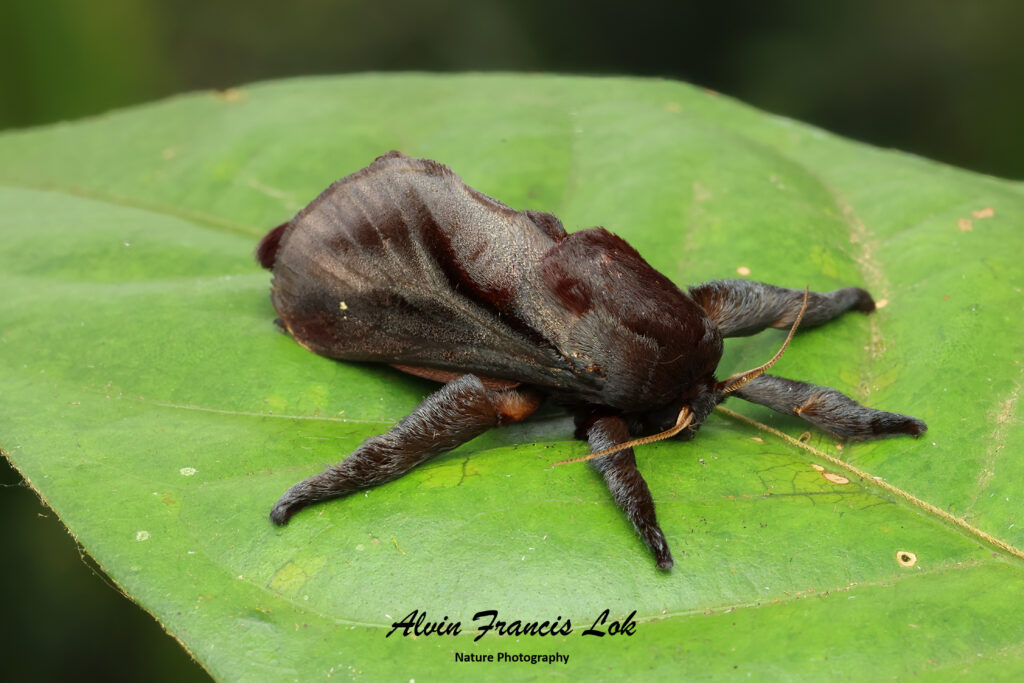
(Sumaco, Ecuador)
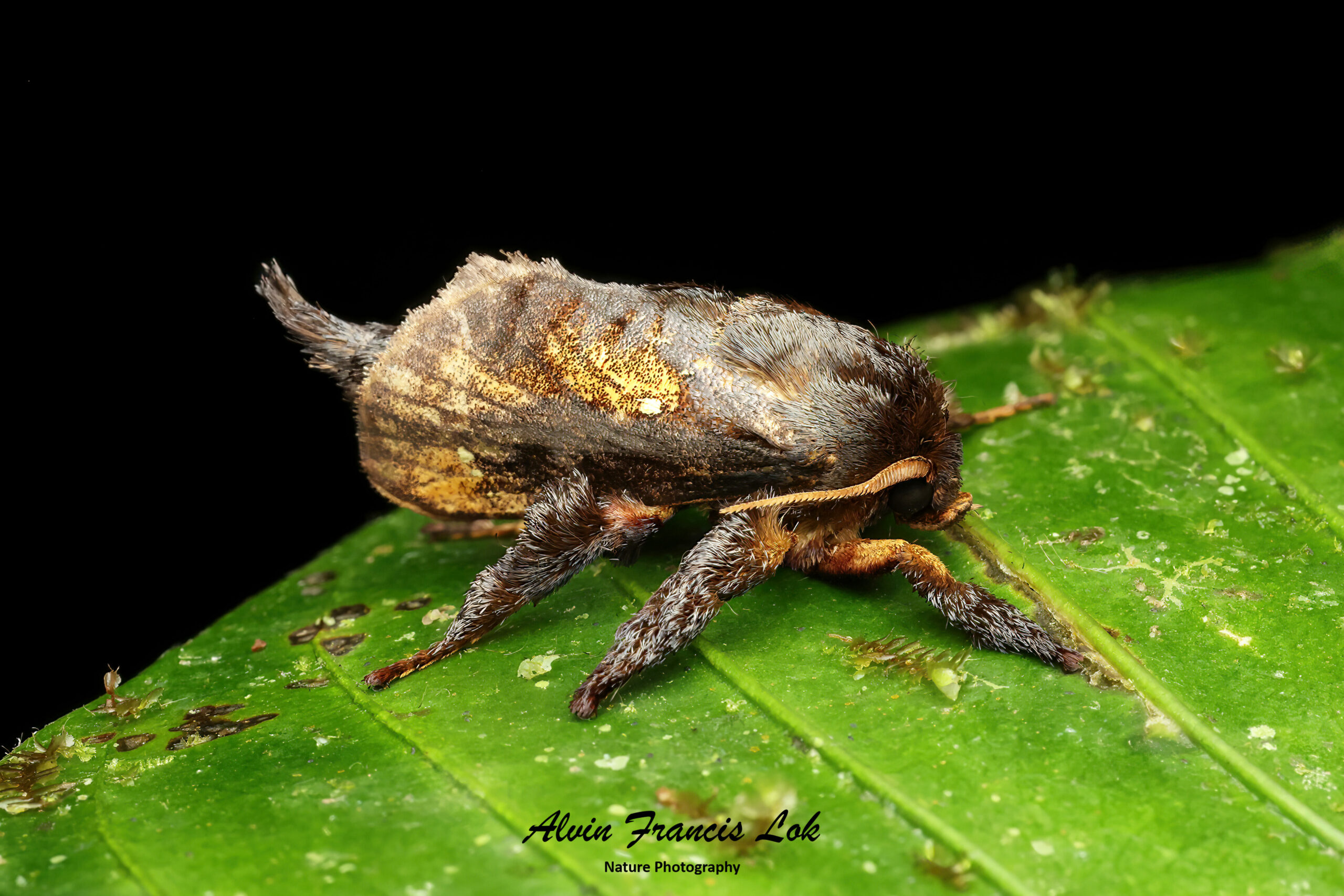
(Milpe, Ecuador)
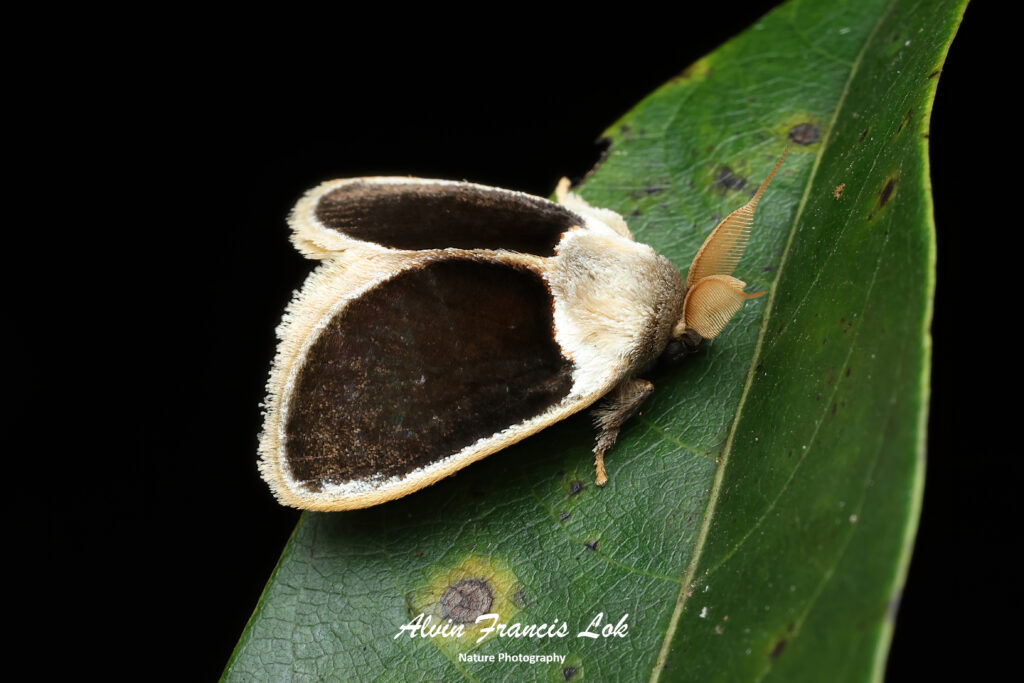
(Singapore)
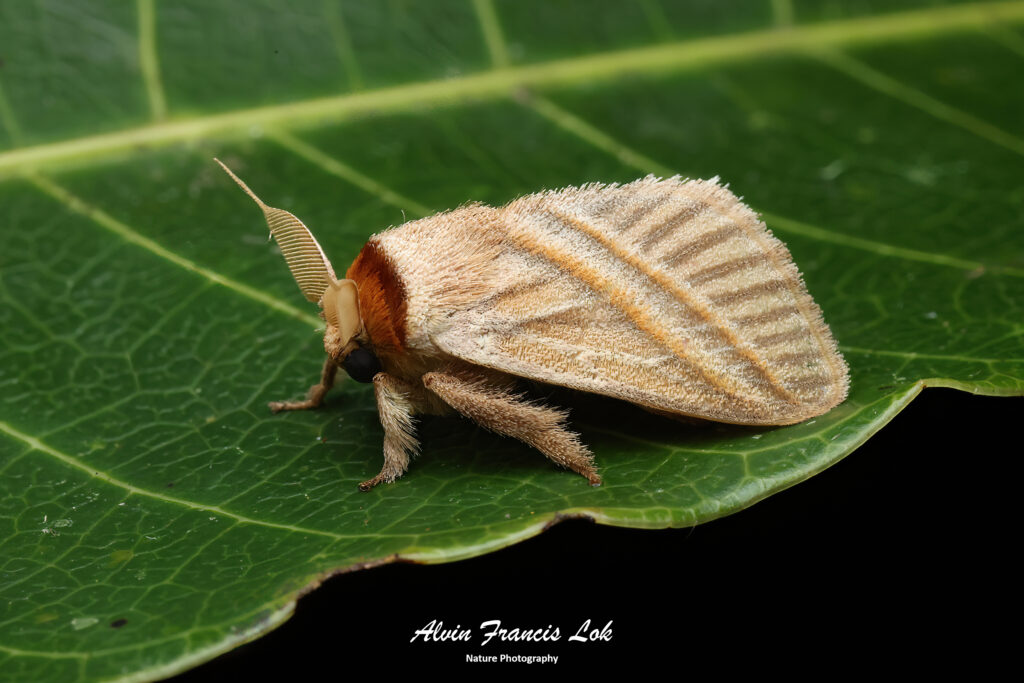
(Sabah, Malaysia)
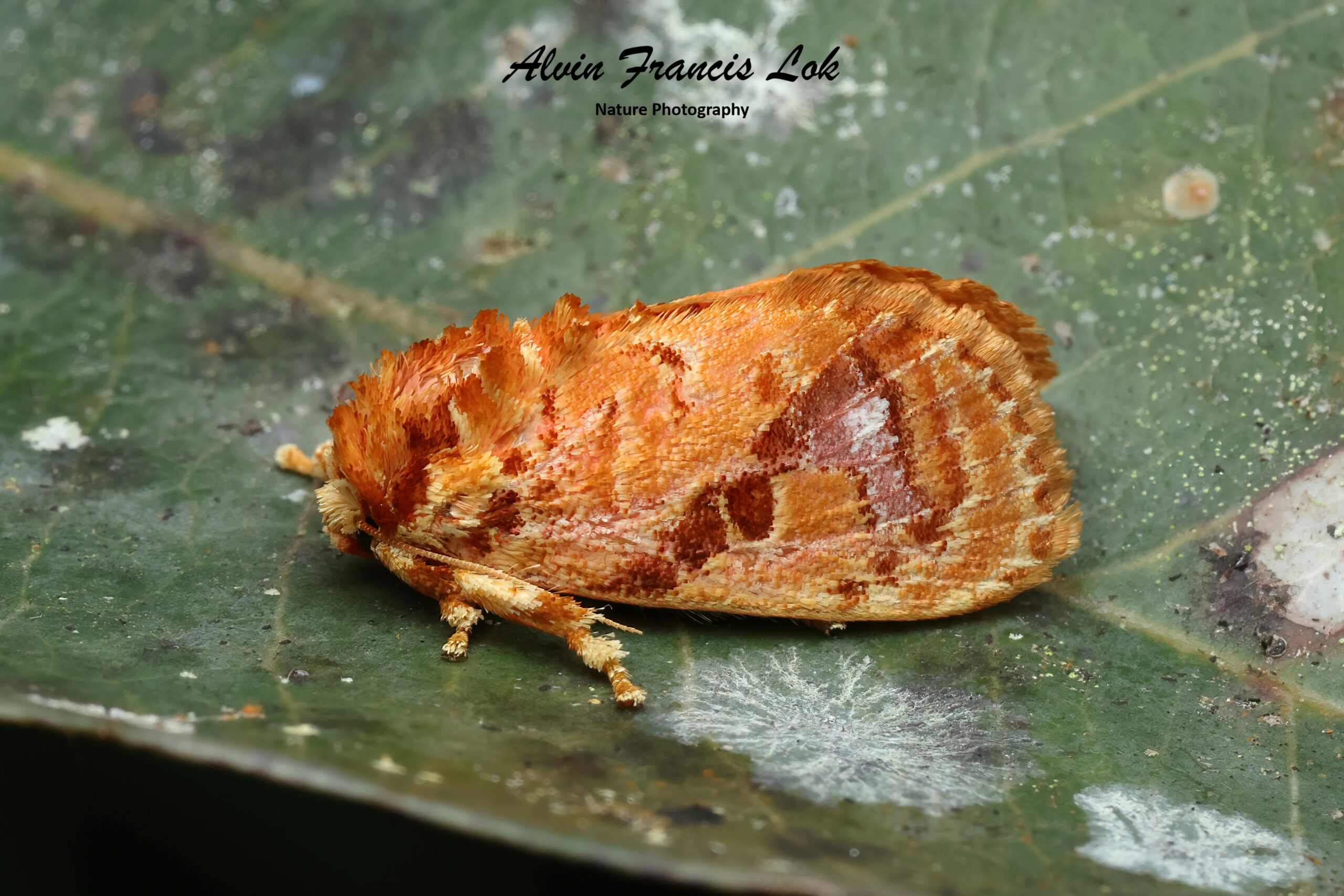
(Sabah, Malaysia)

(Kalimantan, Indonesia)
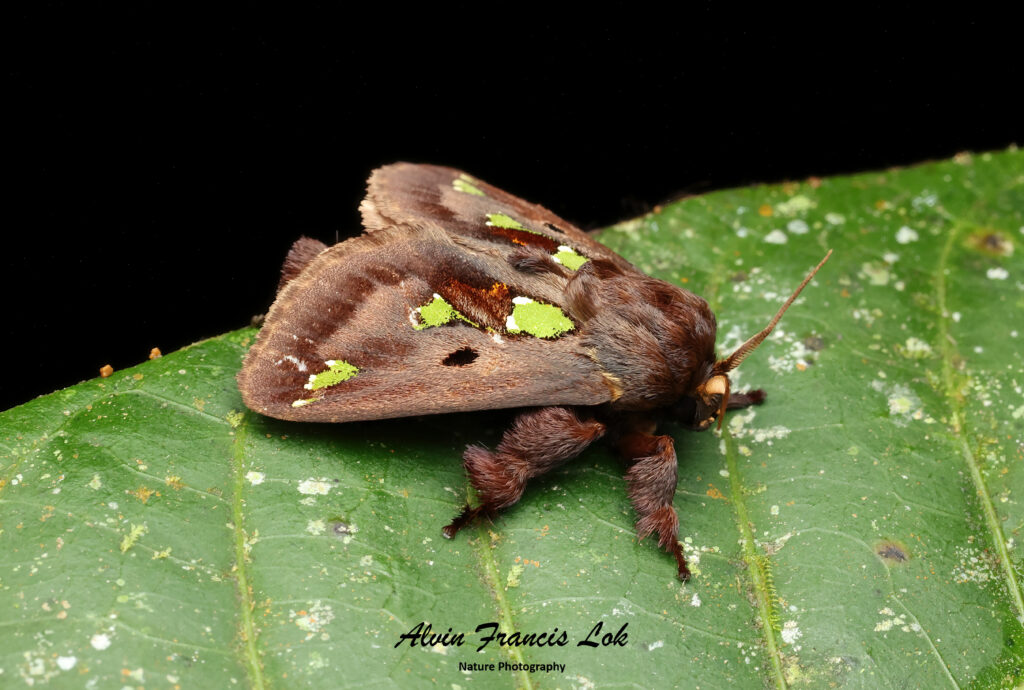
(Sumaco, Ecuador)
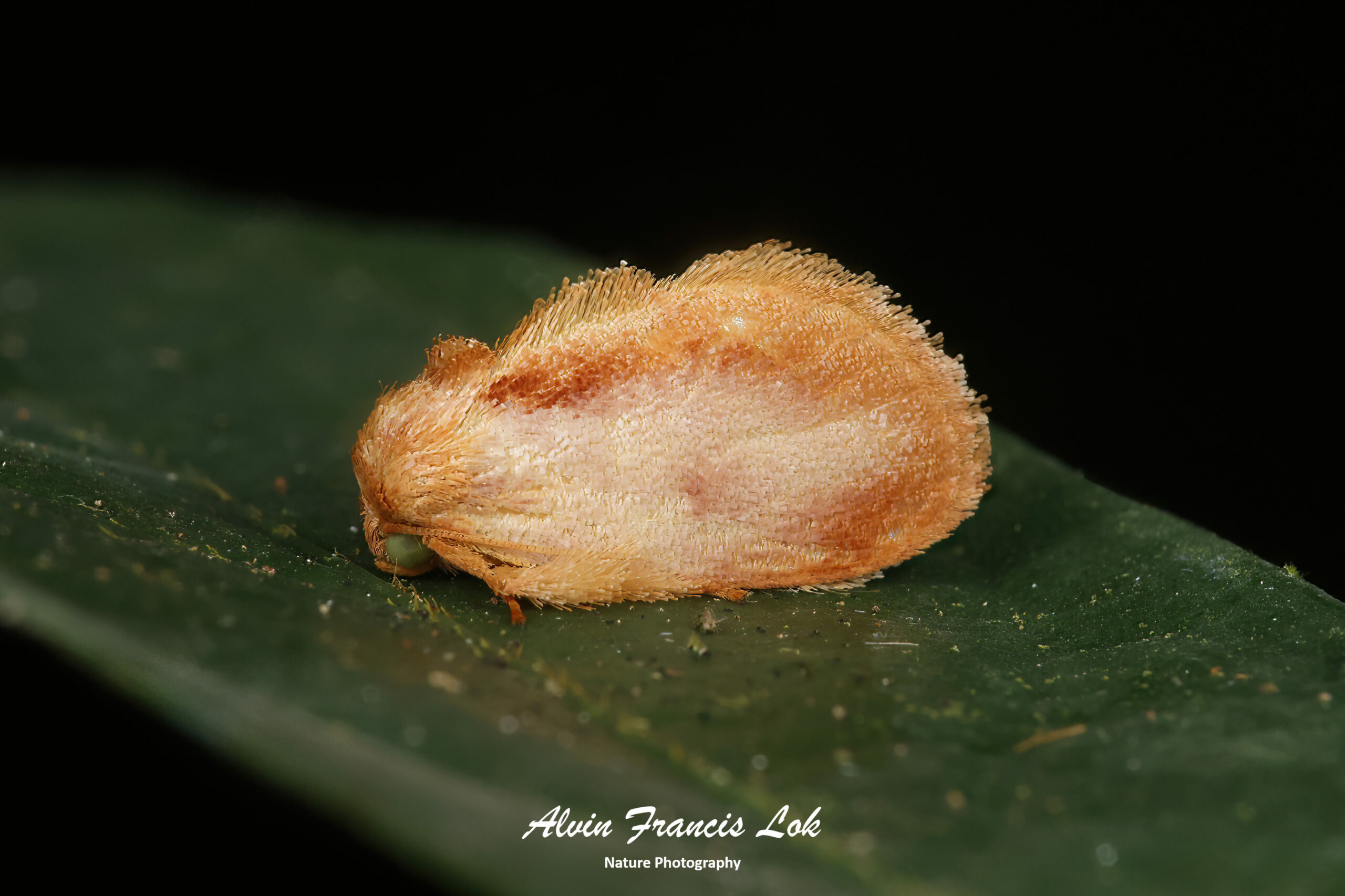
(Johore, Malaysia)
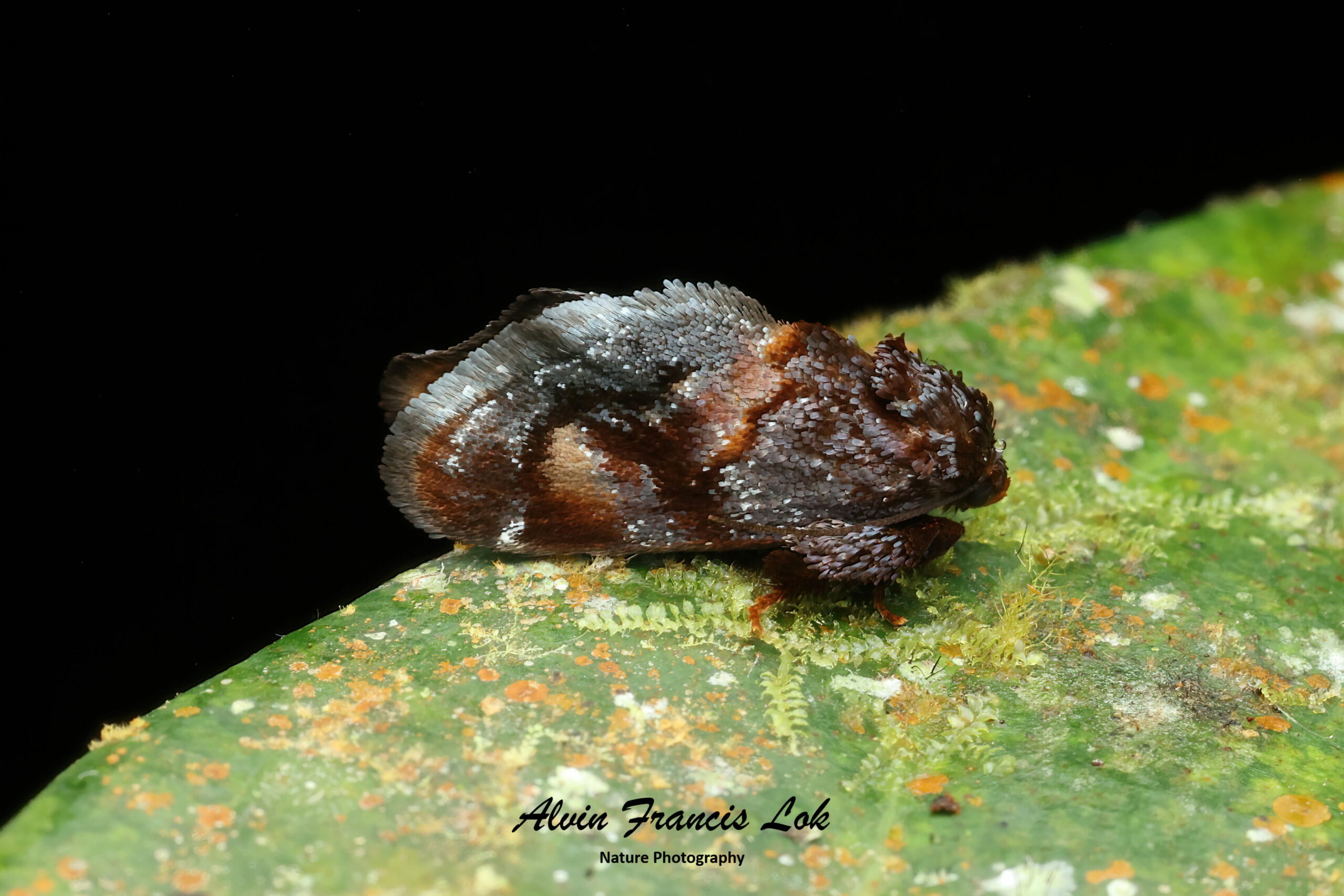
(Sumaco, Ecuador)
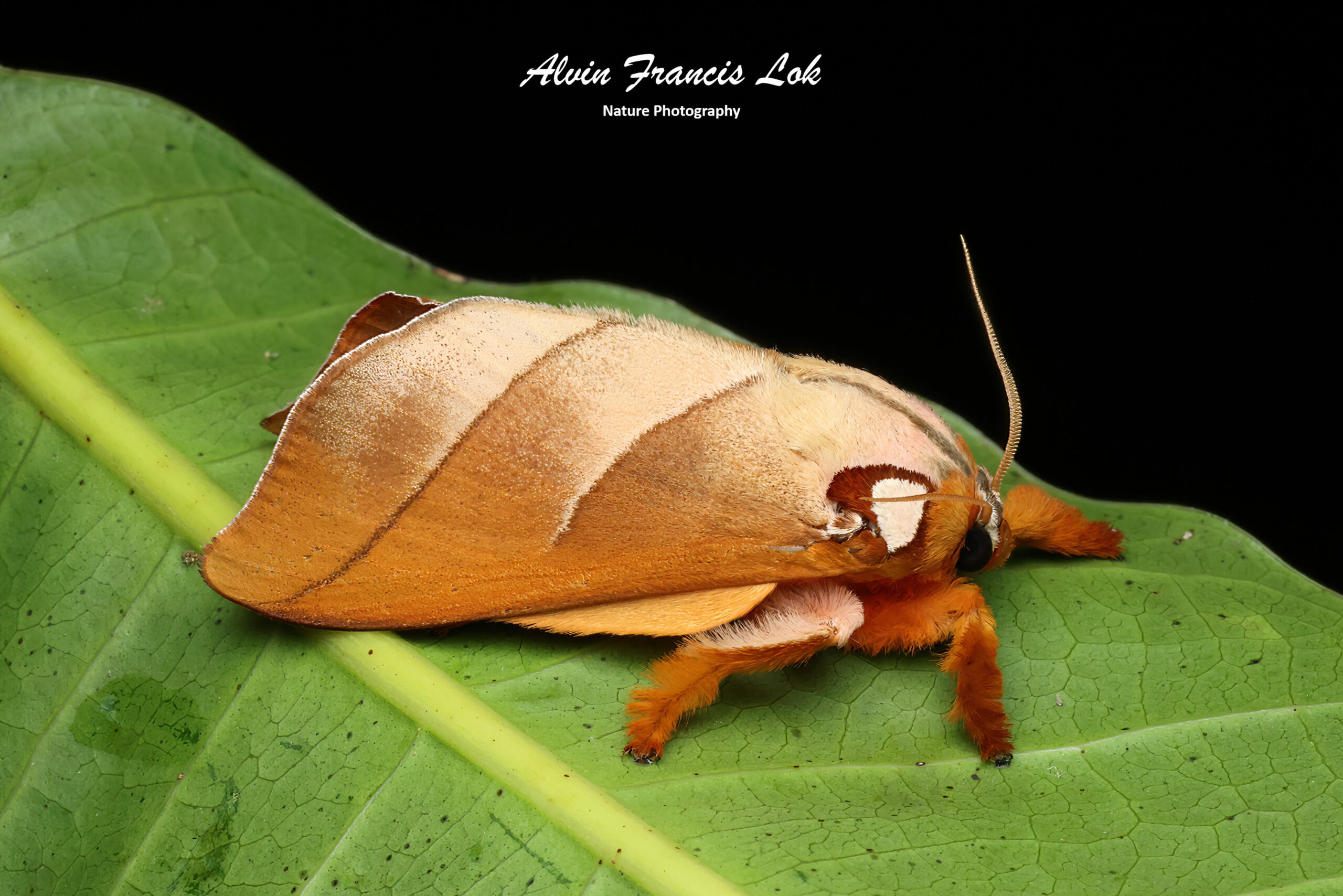
Sabah, Malaysia)
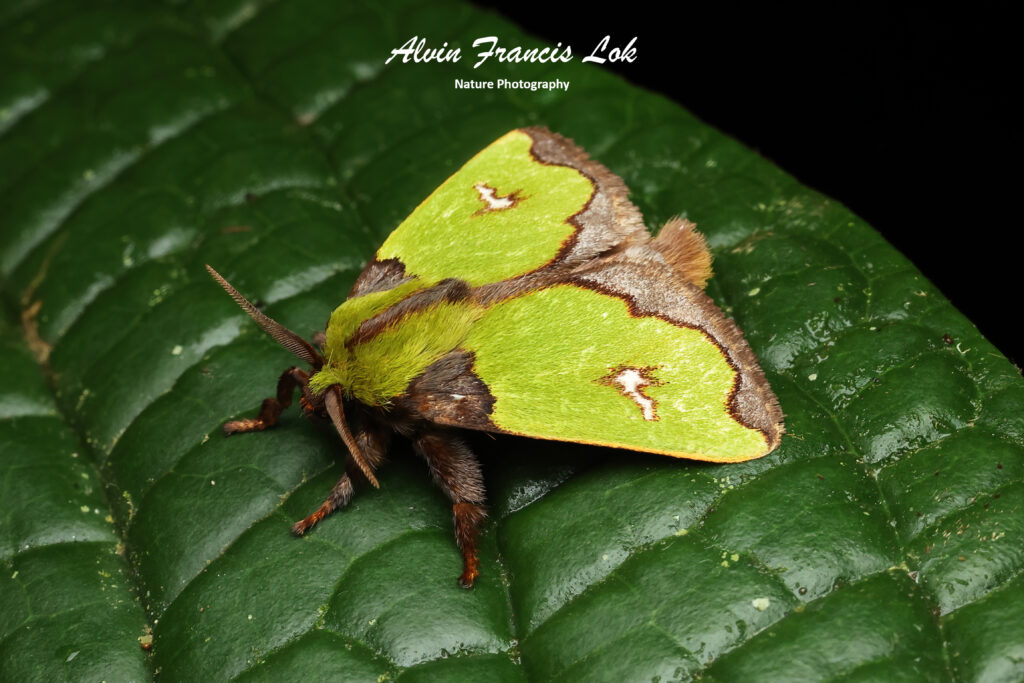
(Tandayapa, Ecuador)

Sabah, Malaysia)
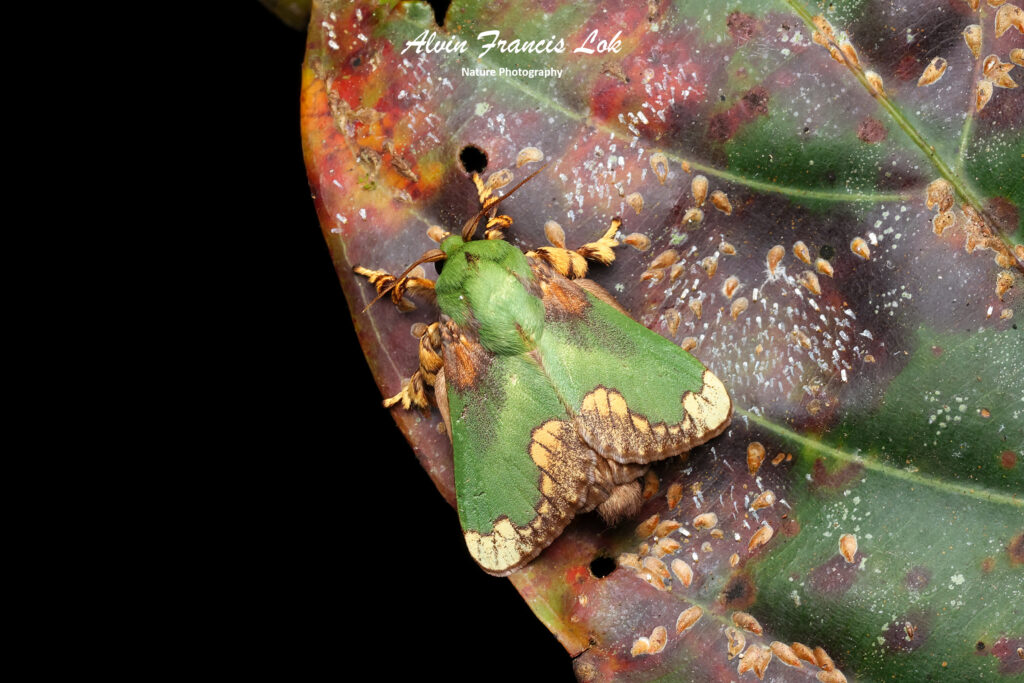
Sabah, Malaysia)
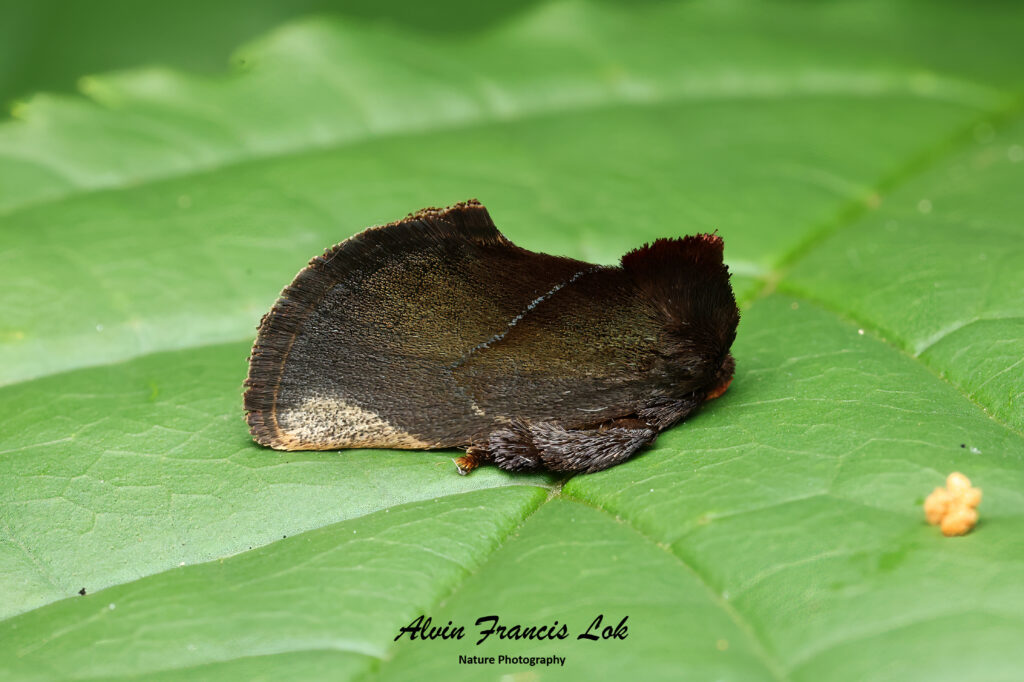
(Doi Inthanon, Thailand)
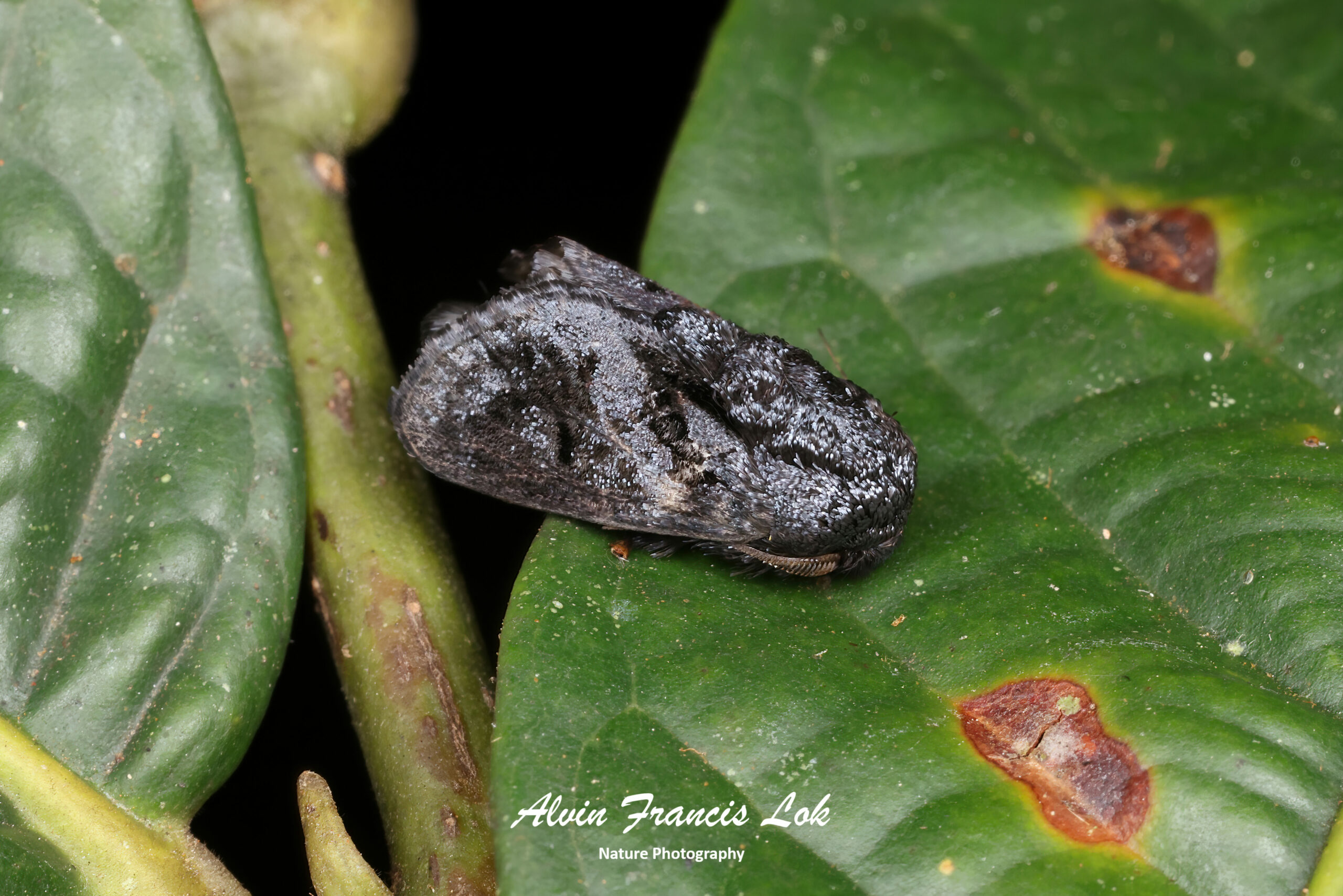
(Sabah, Malaysia)
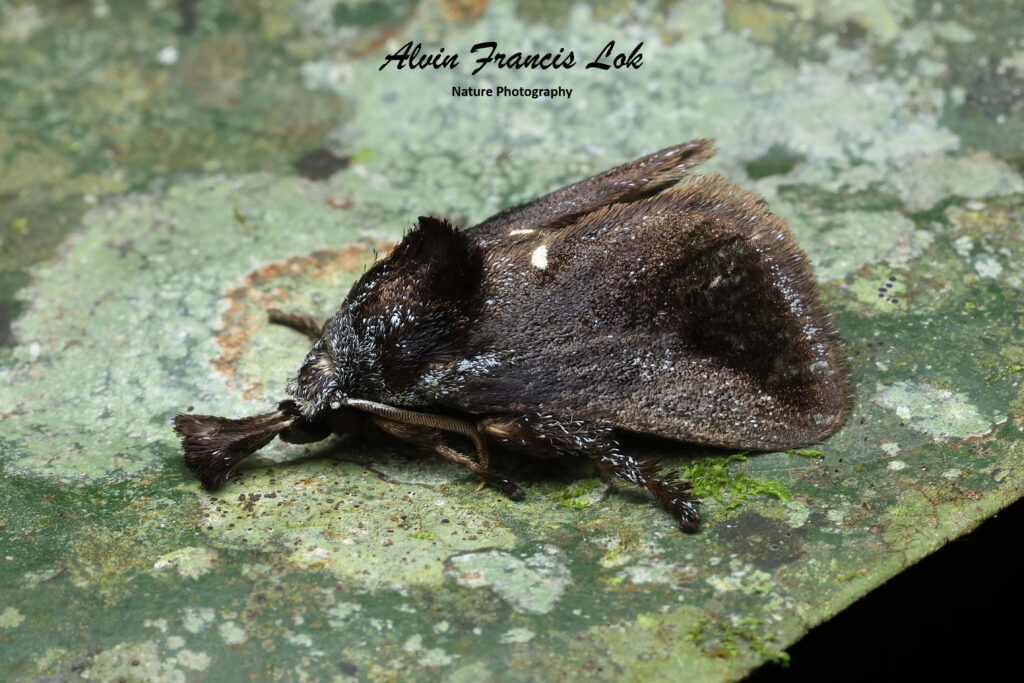
(Pahang, Malaysia)
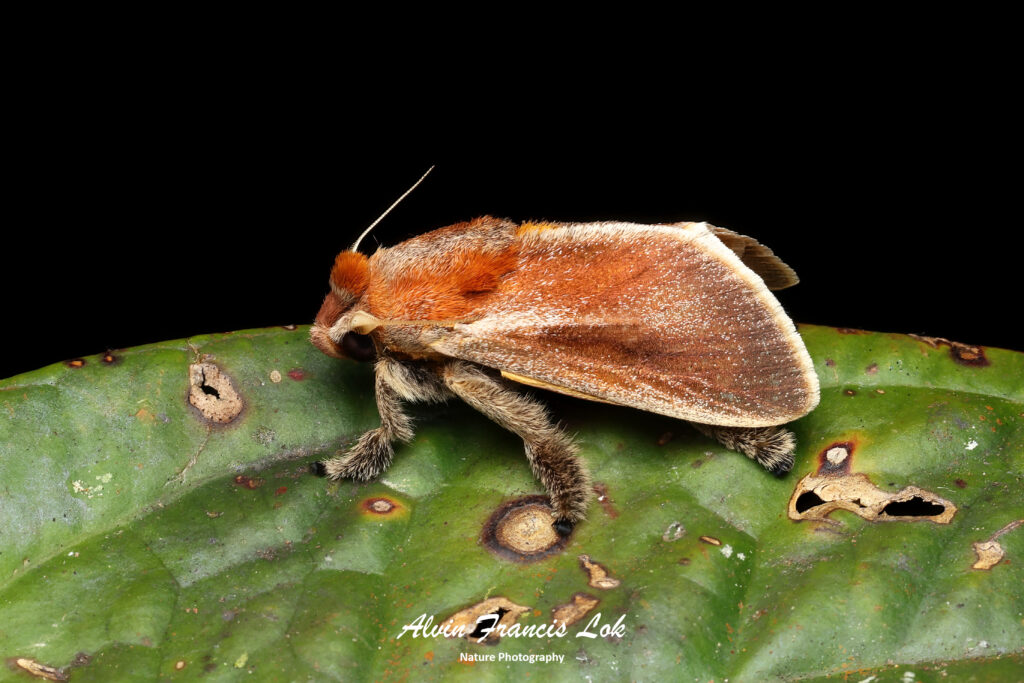
(Sabah, Malaysia)
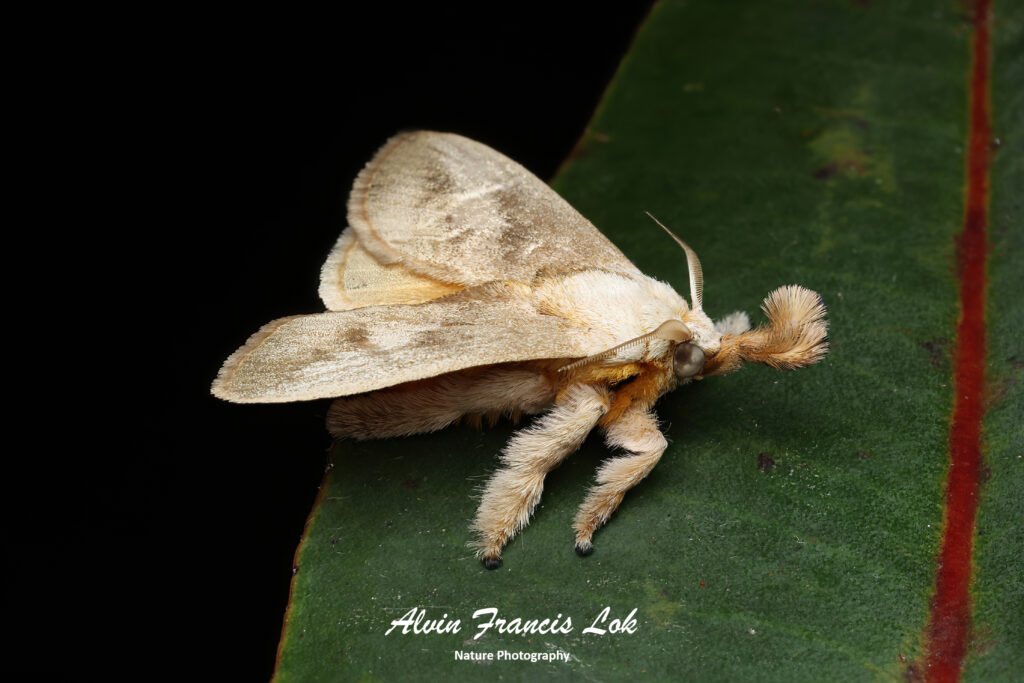
(Sabah, Malaysia)
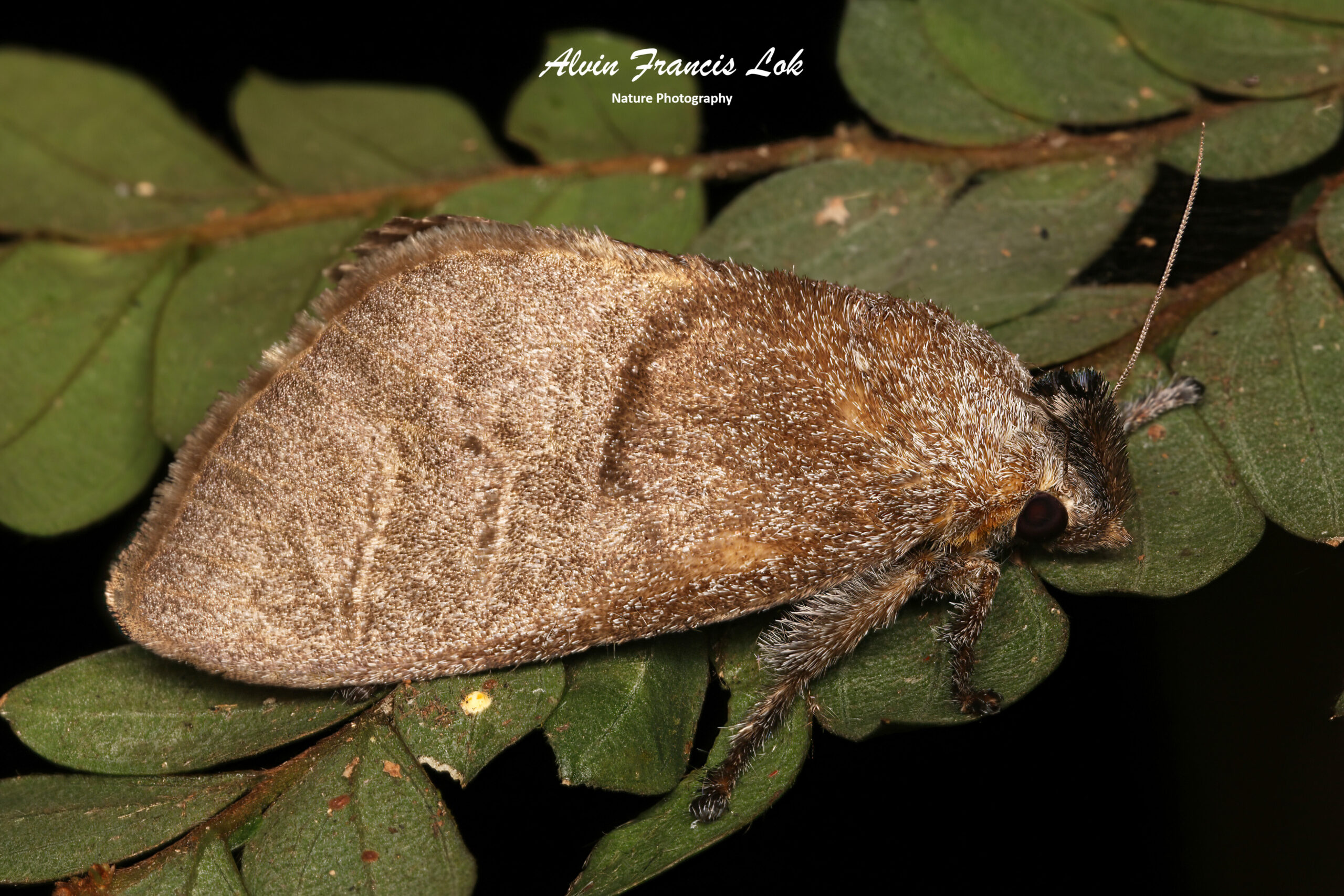
(Singapore)
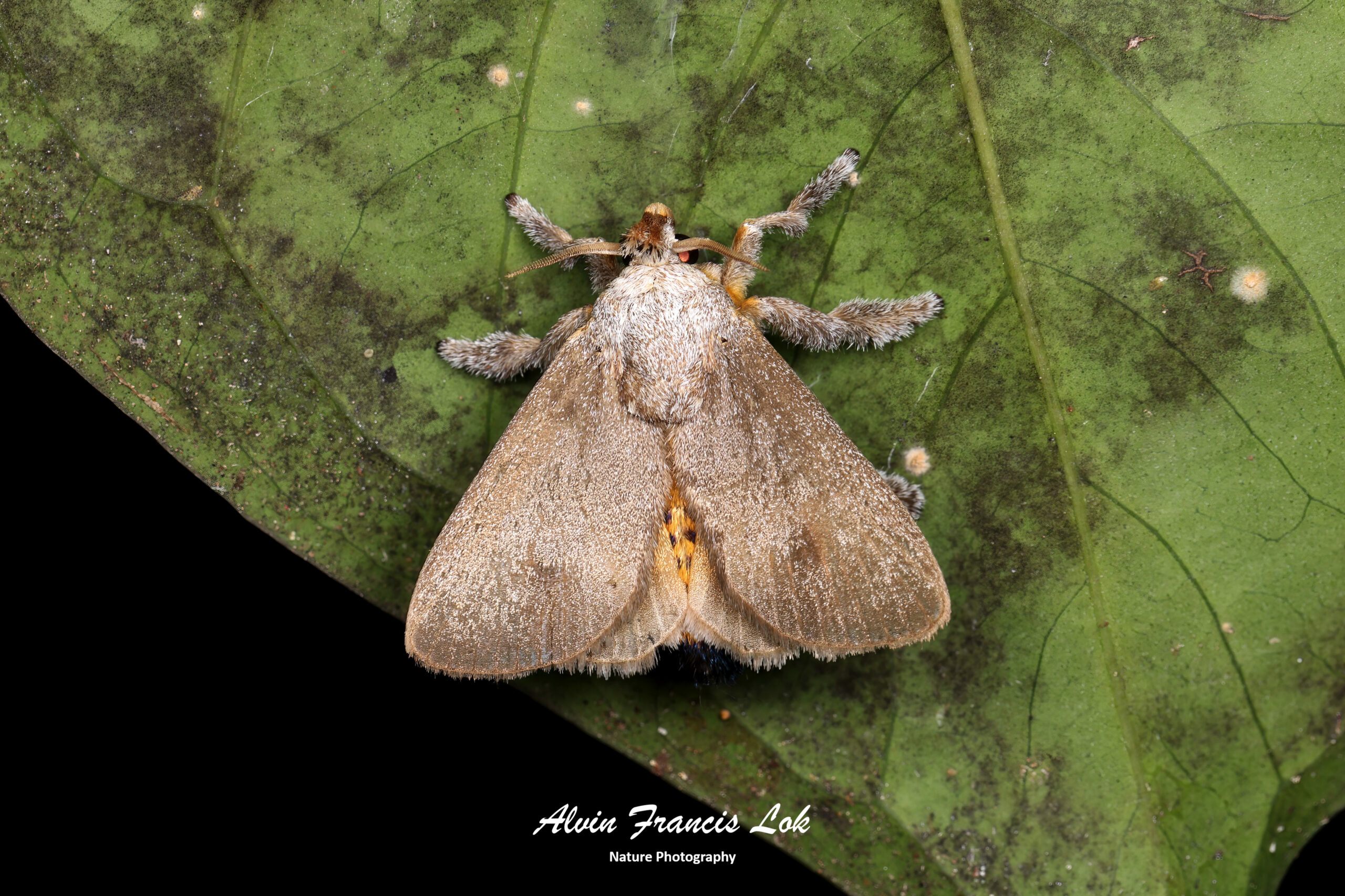
(Singapore)
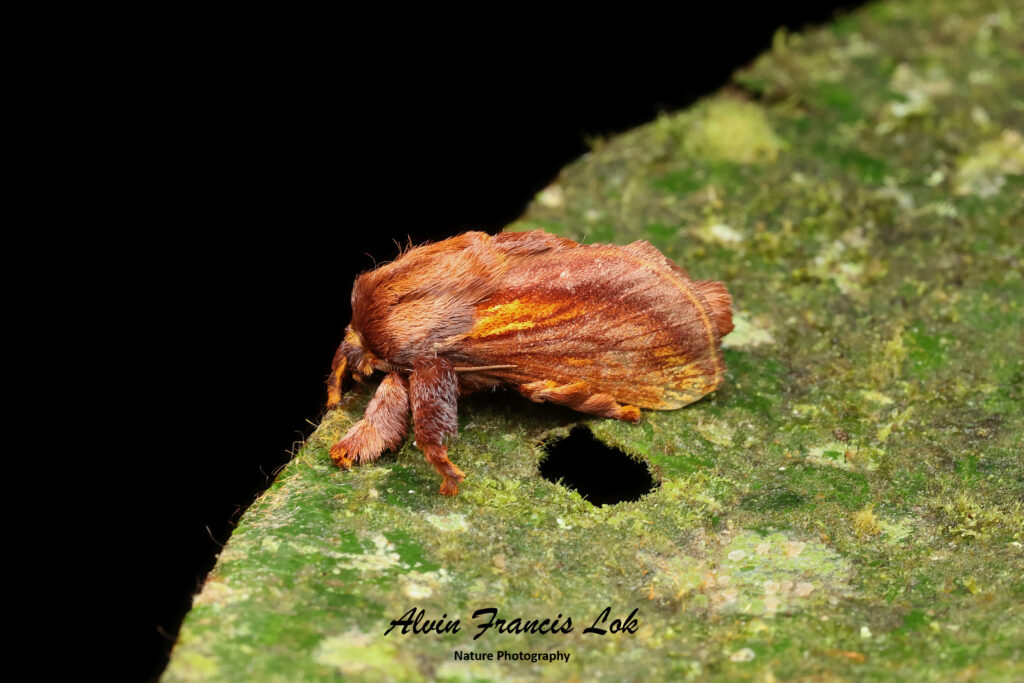
(Sumaco, Ecuador)
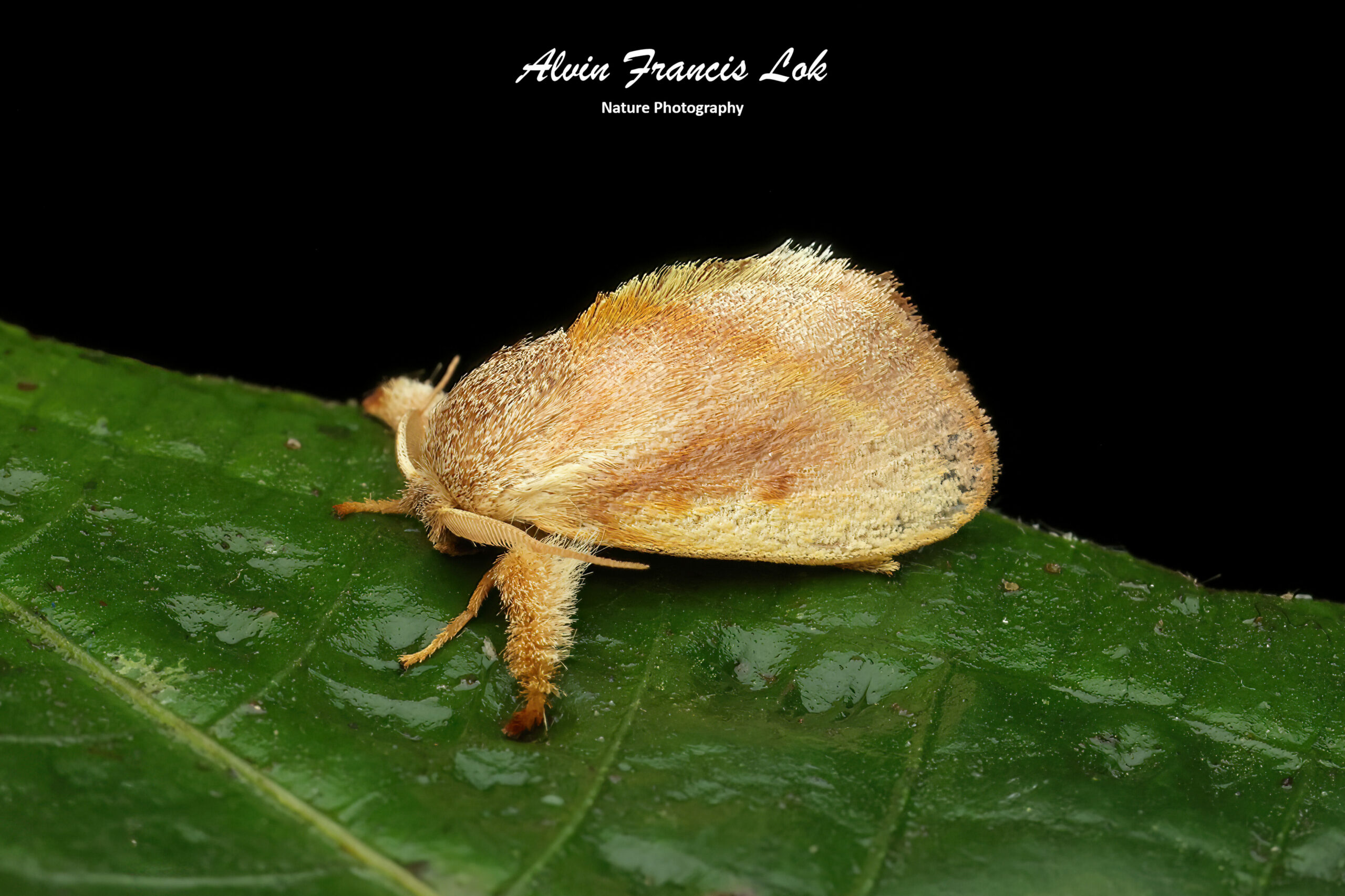
(Sumaco, Ecuador)
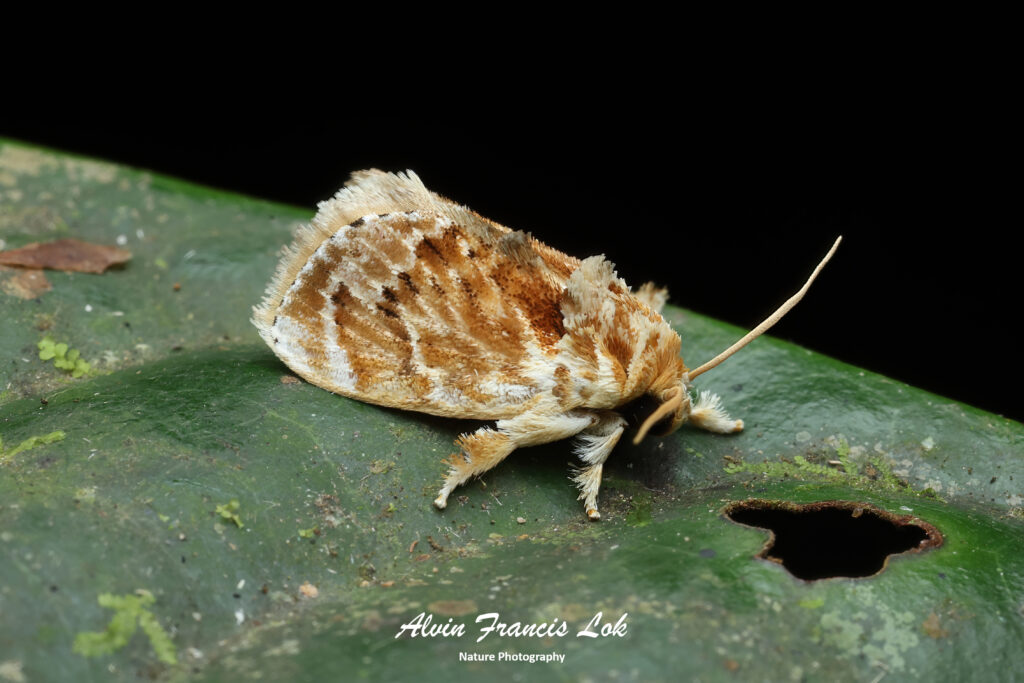
(Kalimantan, Indonesia)
Limacodidae larvae
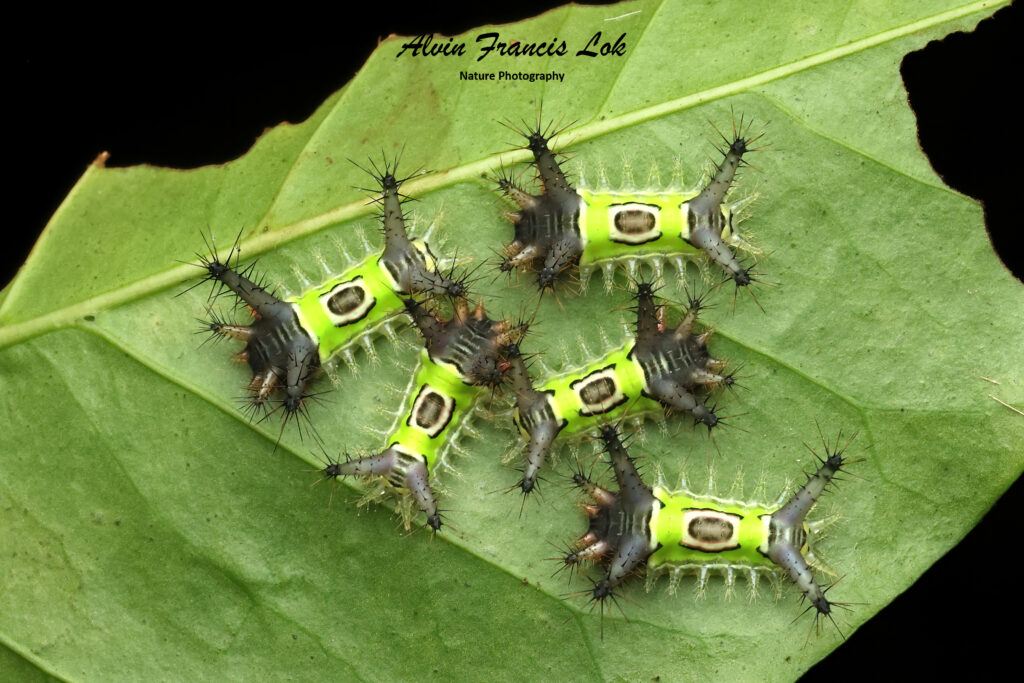
(Milpe, Ecuador)
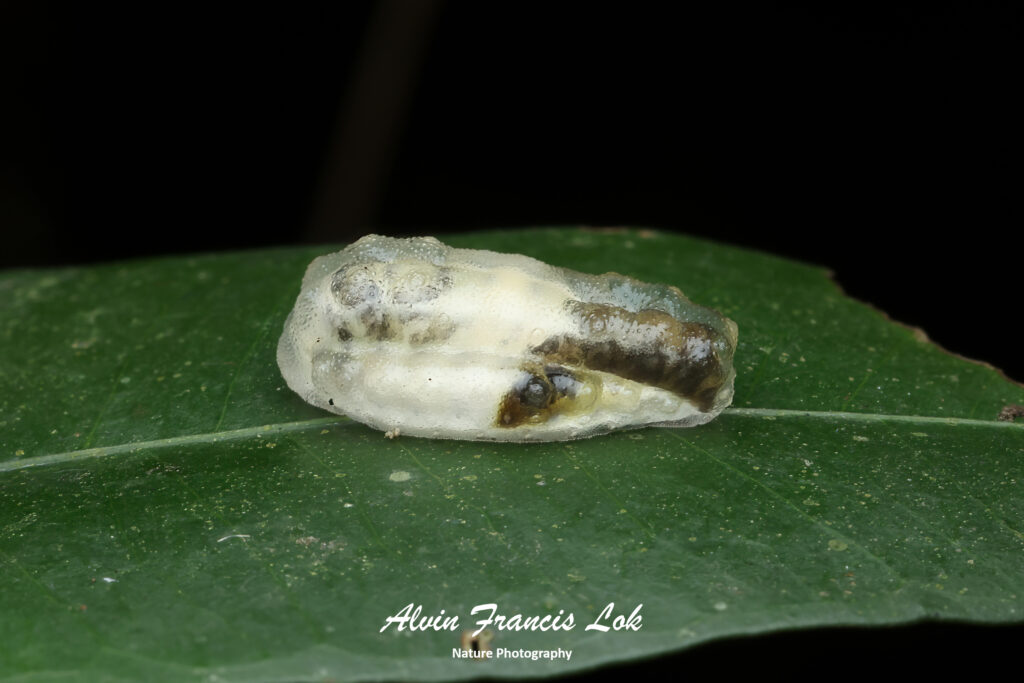
(Khao Yai NP, Thailand)
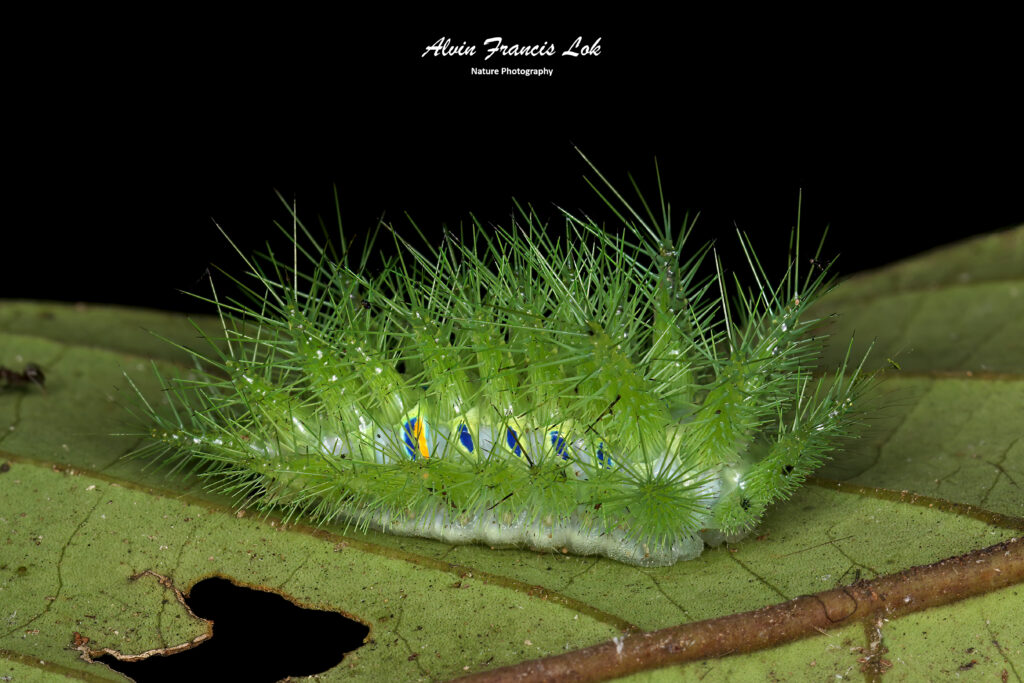
(Singapore)
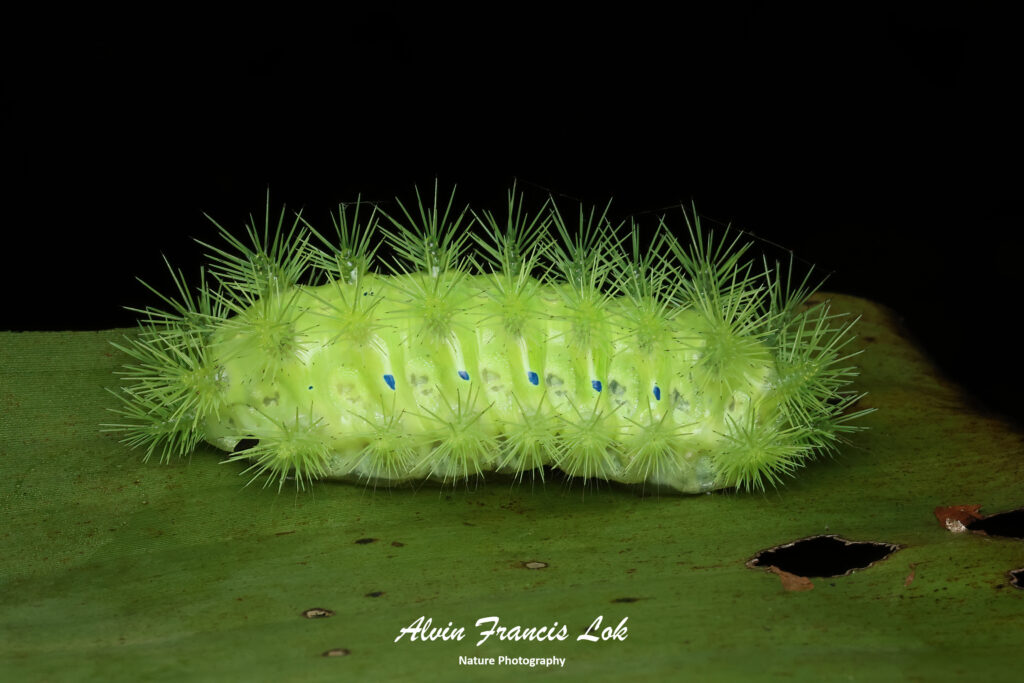
(Doi Inthanon NP, Chiangmai)
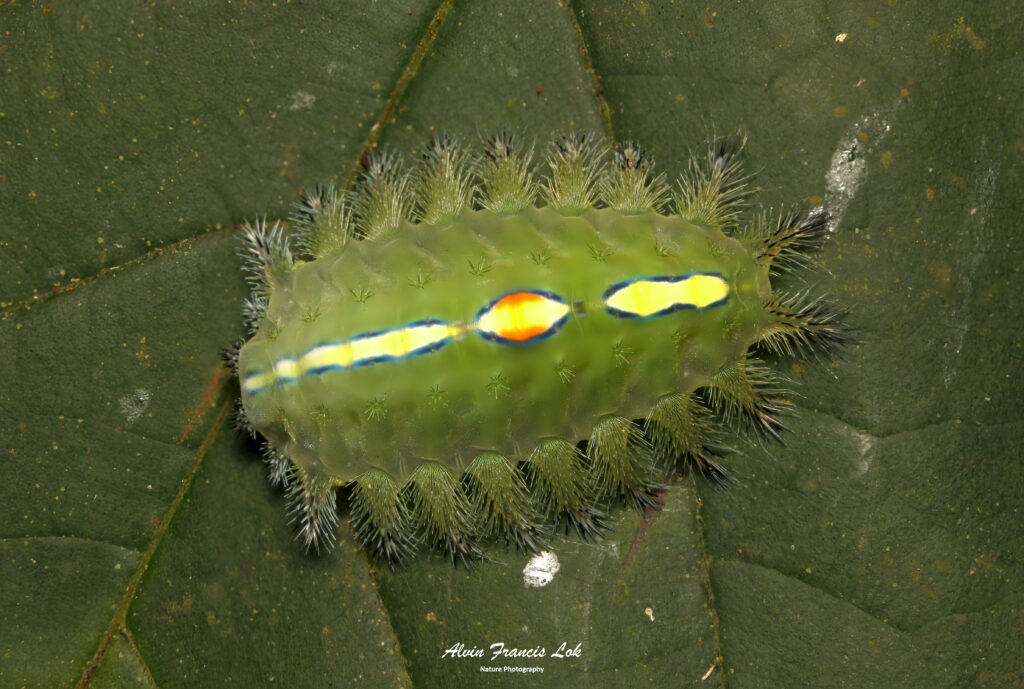
(Singapore)
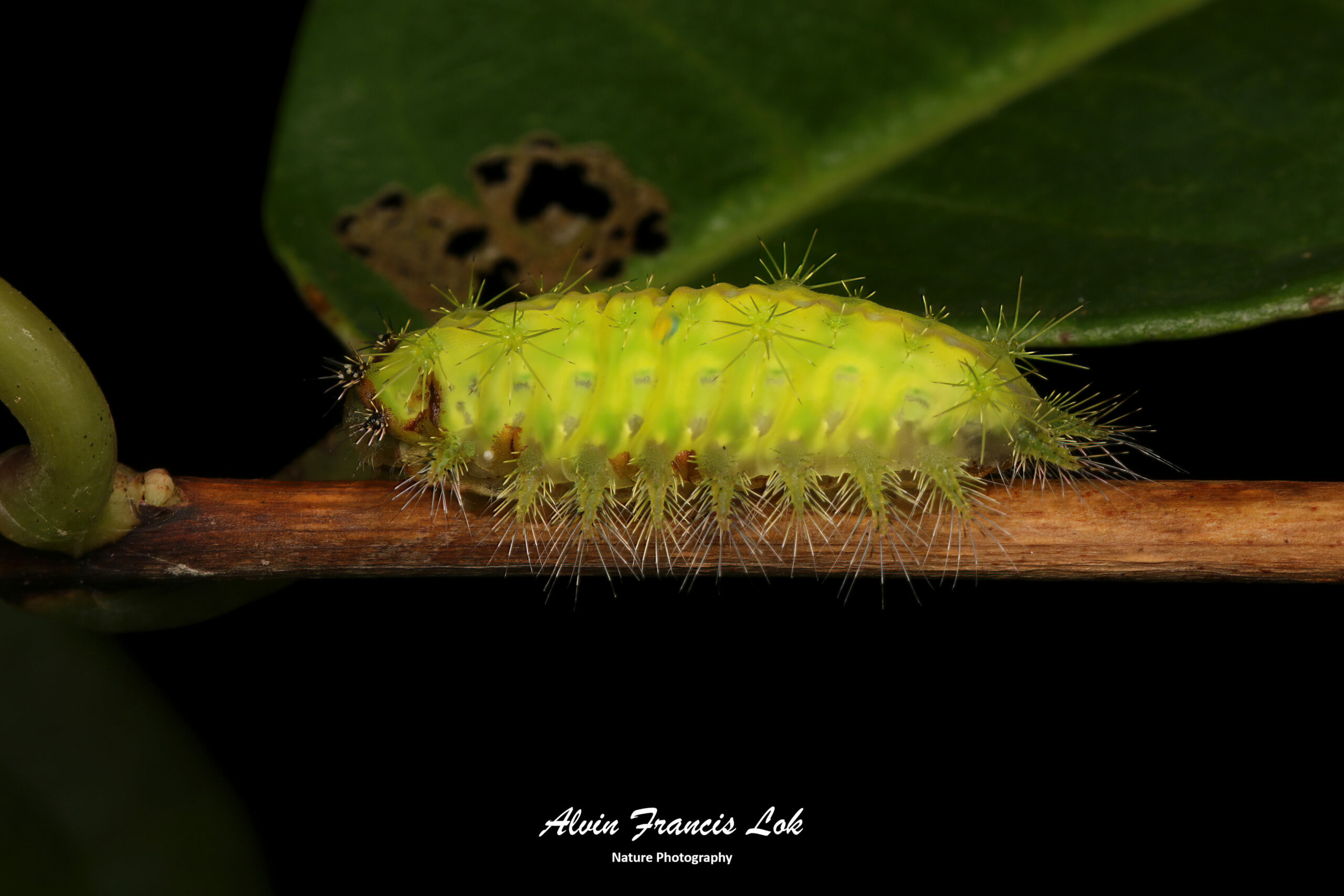
(Singapore)

(Singapore)

(Sarawak, Malaysia)
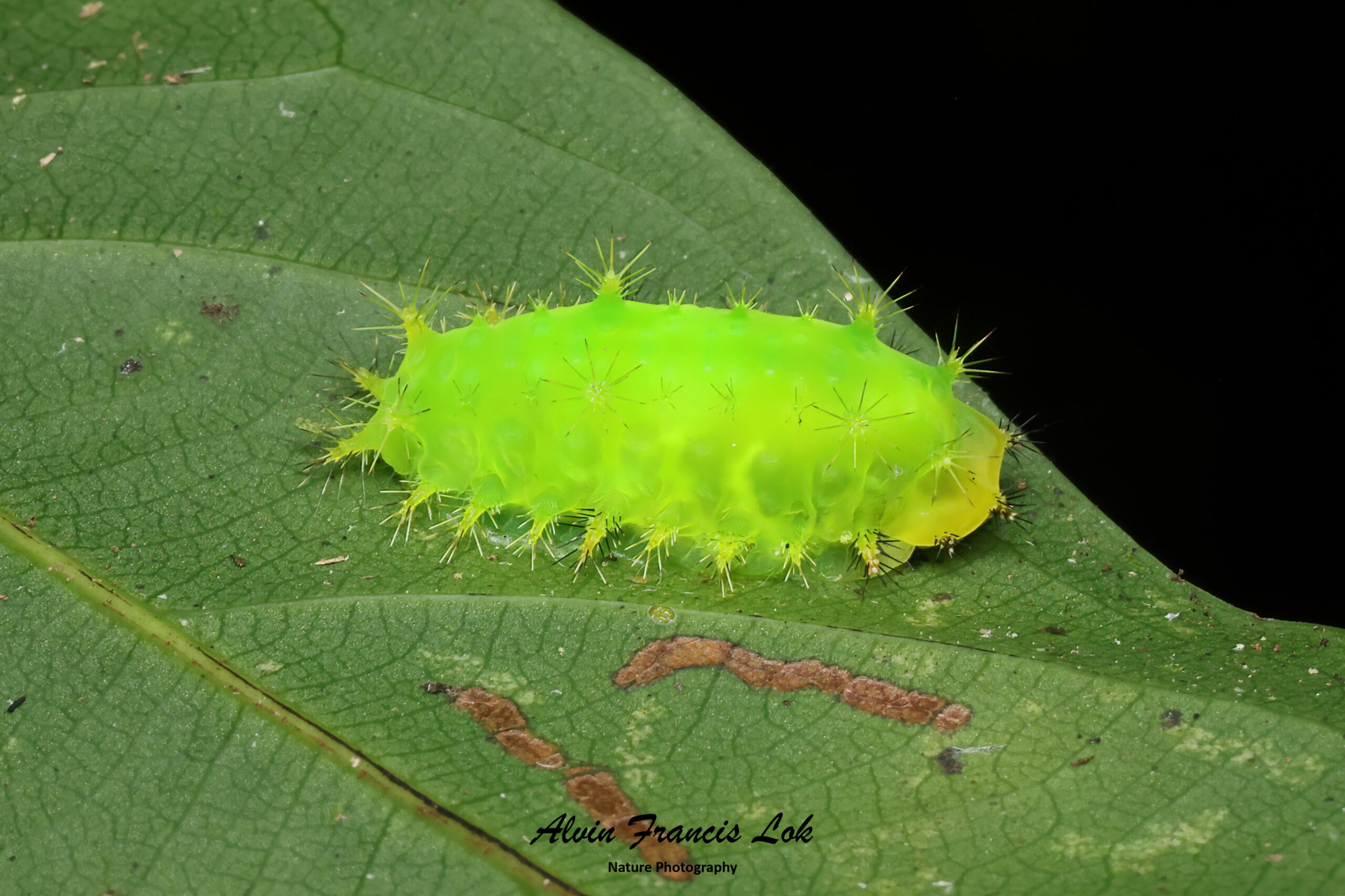
(Sarawak, Malaysia)
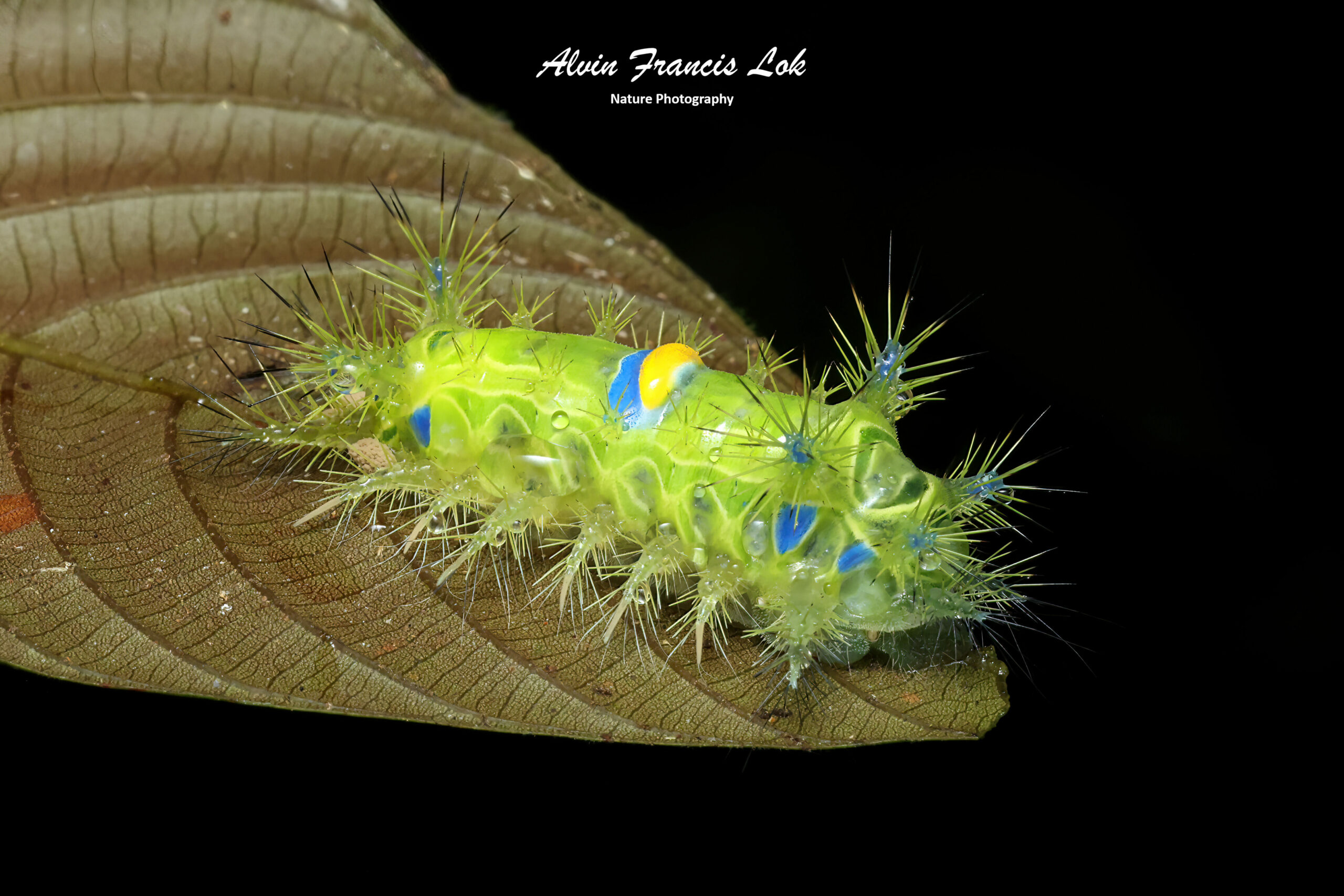
(Sarawak, Malaysia)
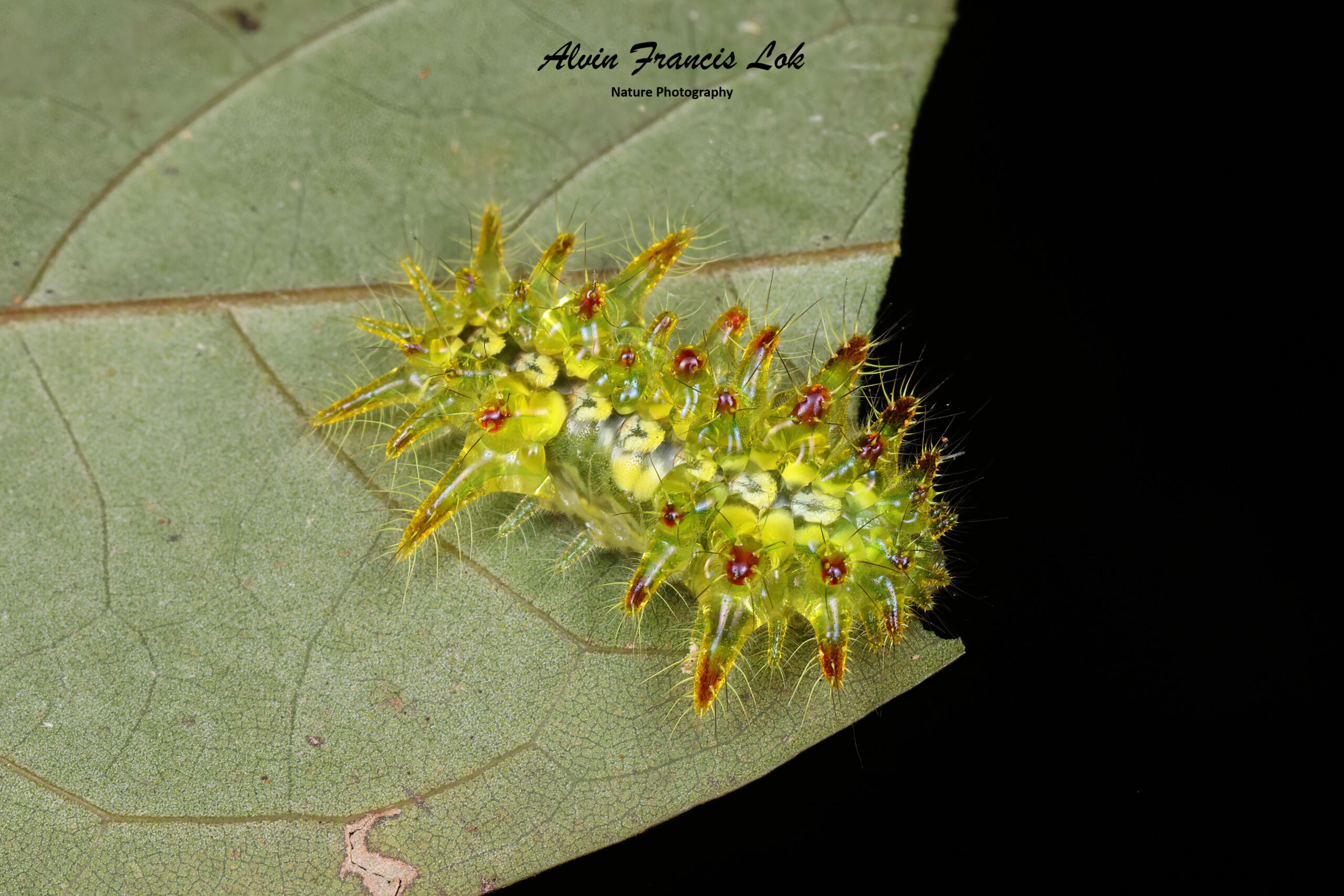
(Singapore)
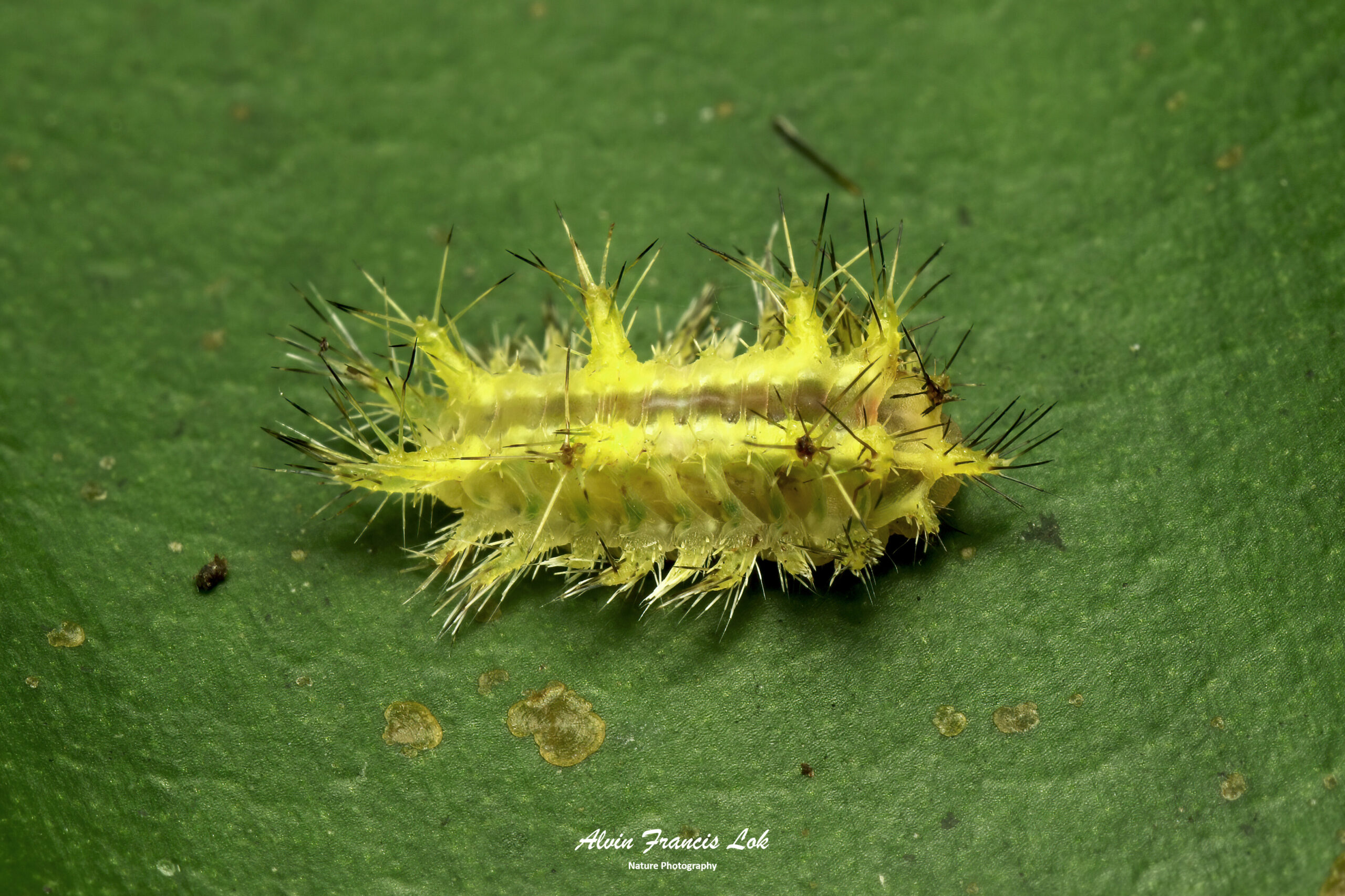
(Singapore)
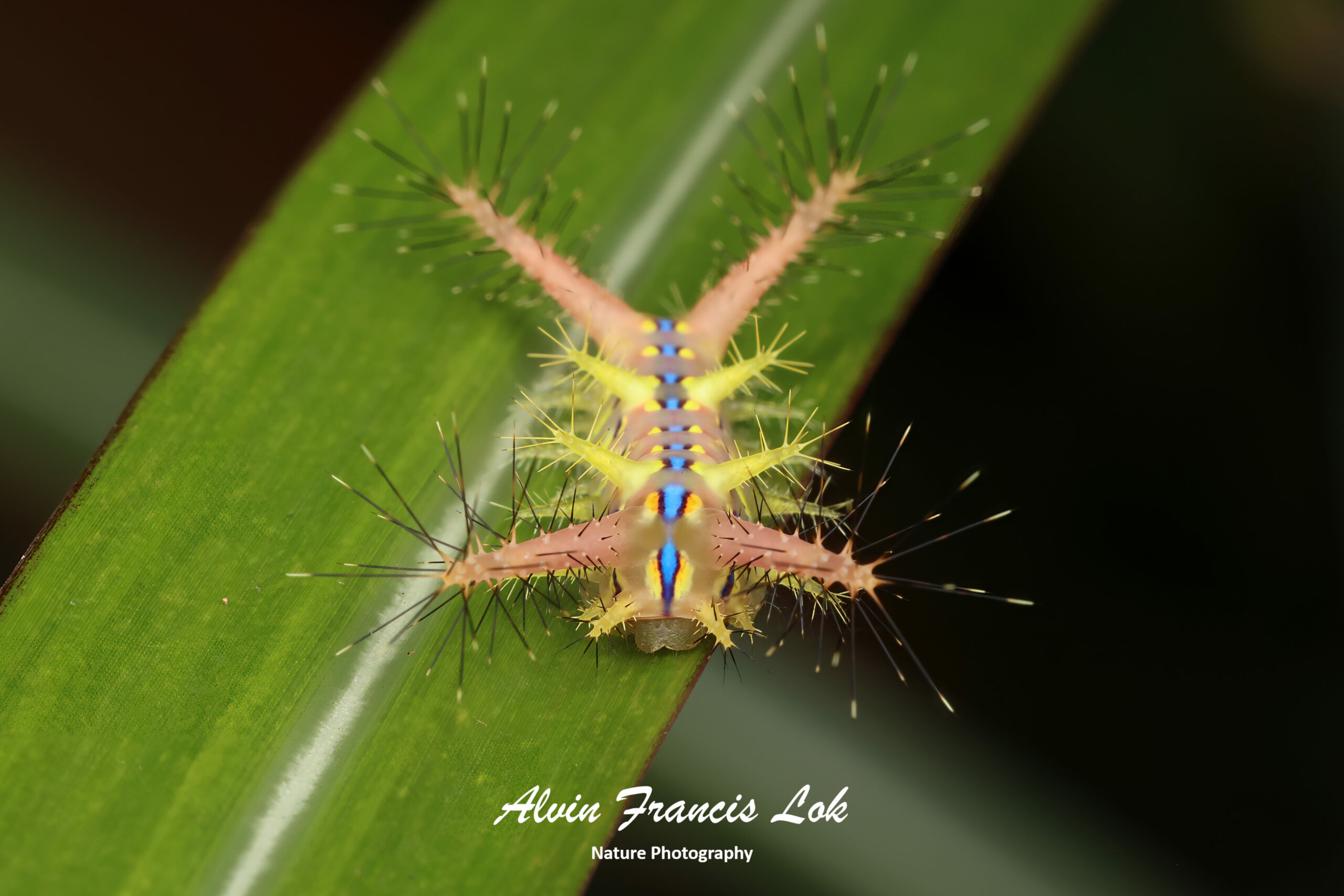
(Sabah, Malaysia)
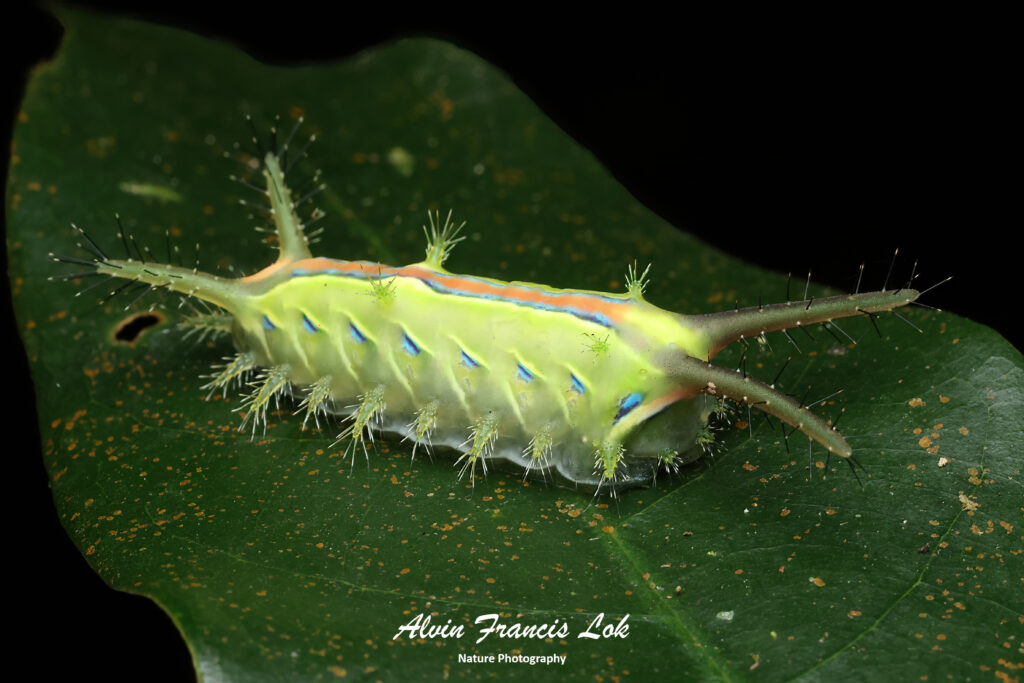
(Doi Inthanon NP, Thailand)
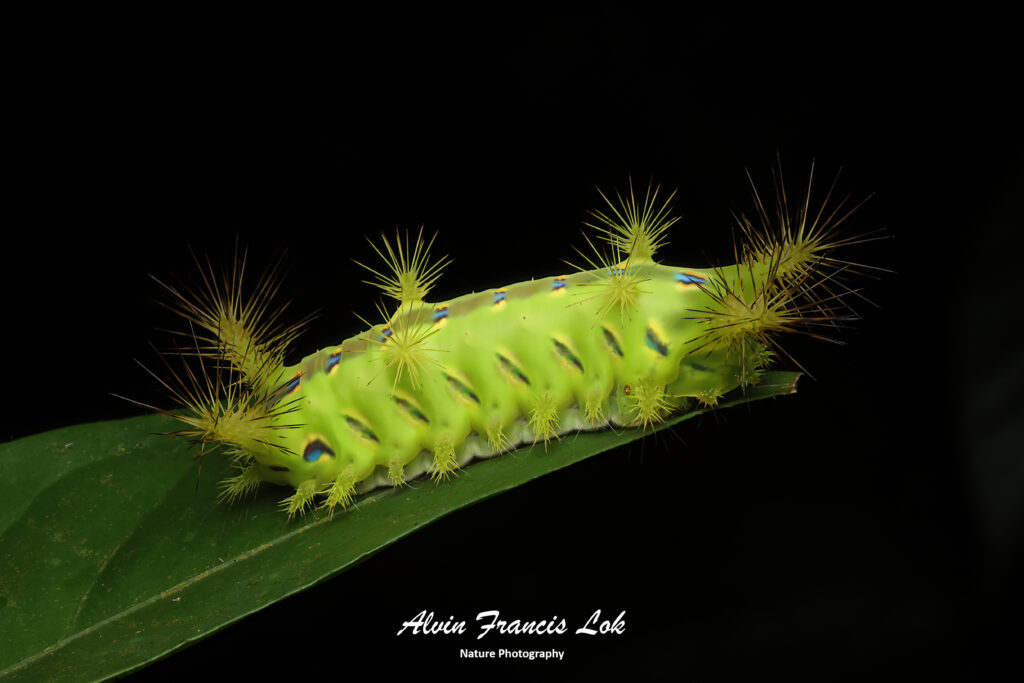
(Singapore)
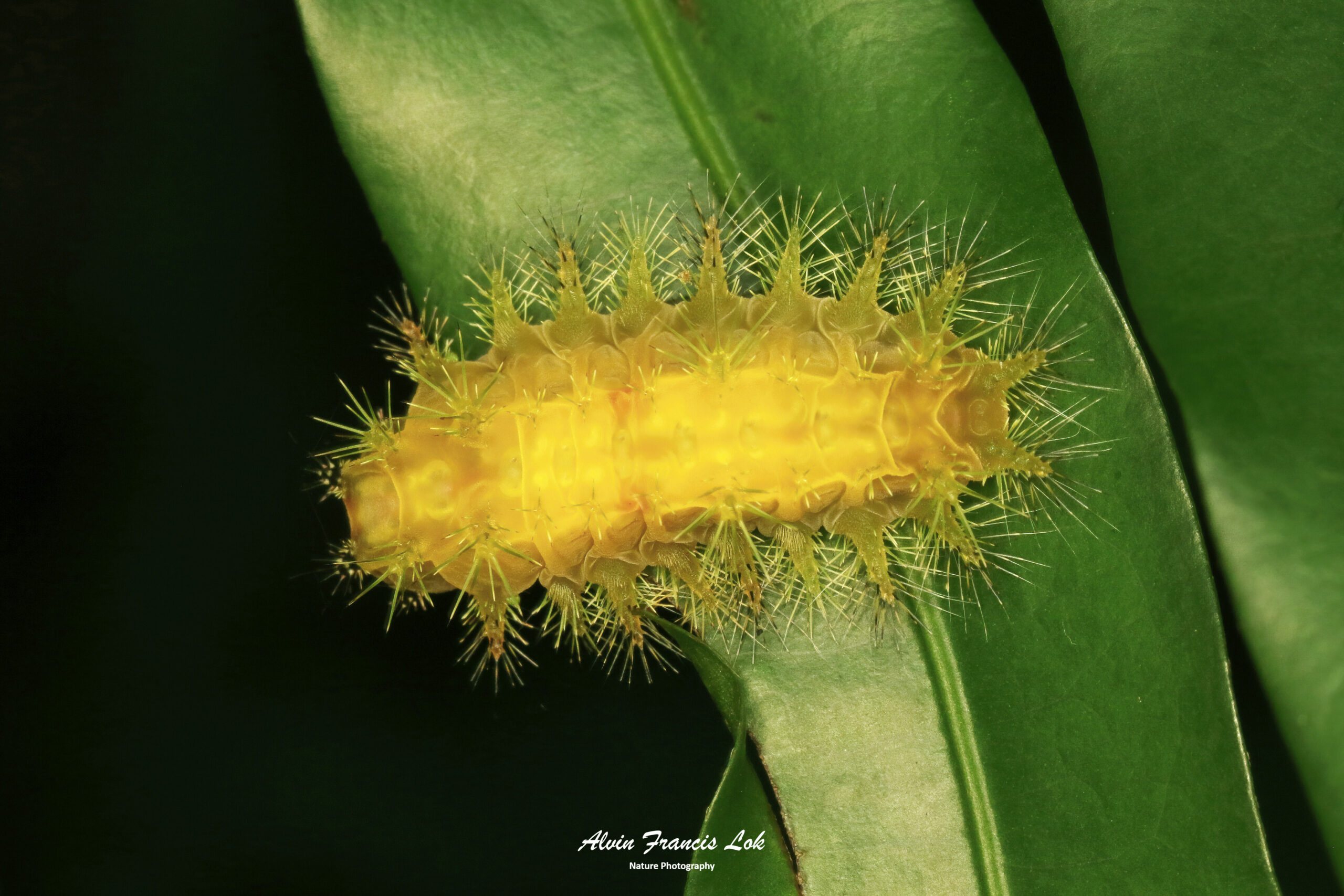
(Singapore)
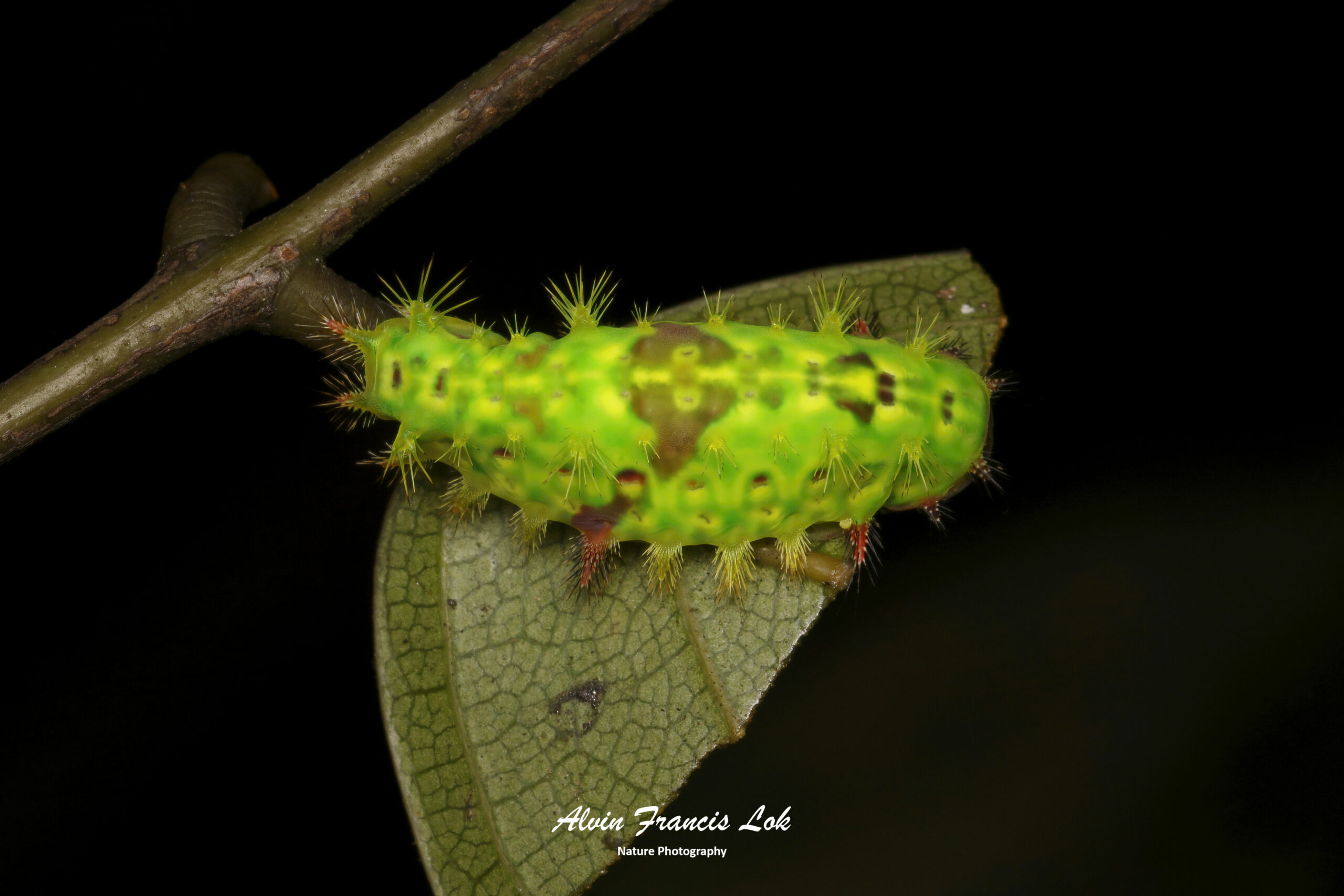
(Singapore)
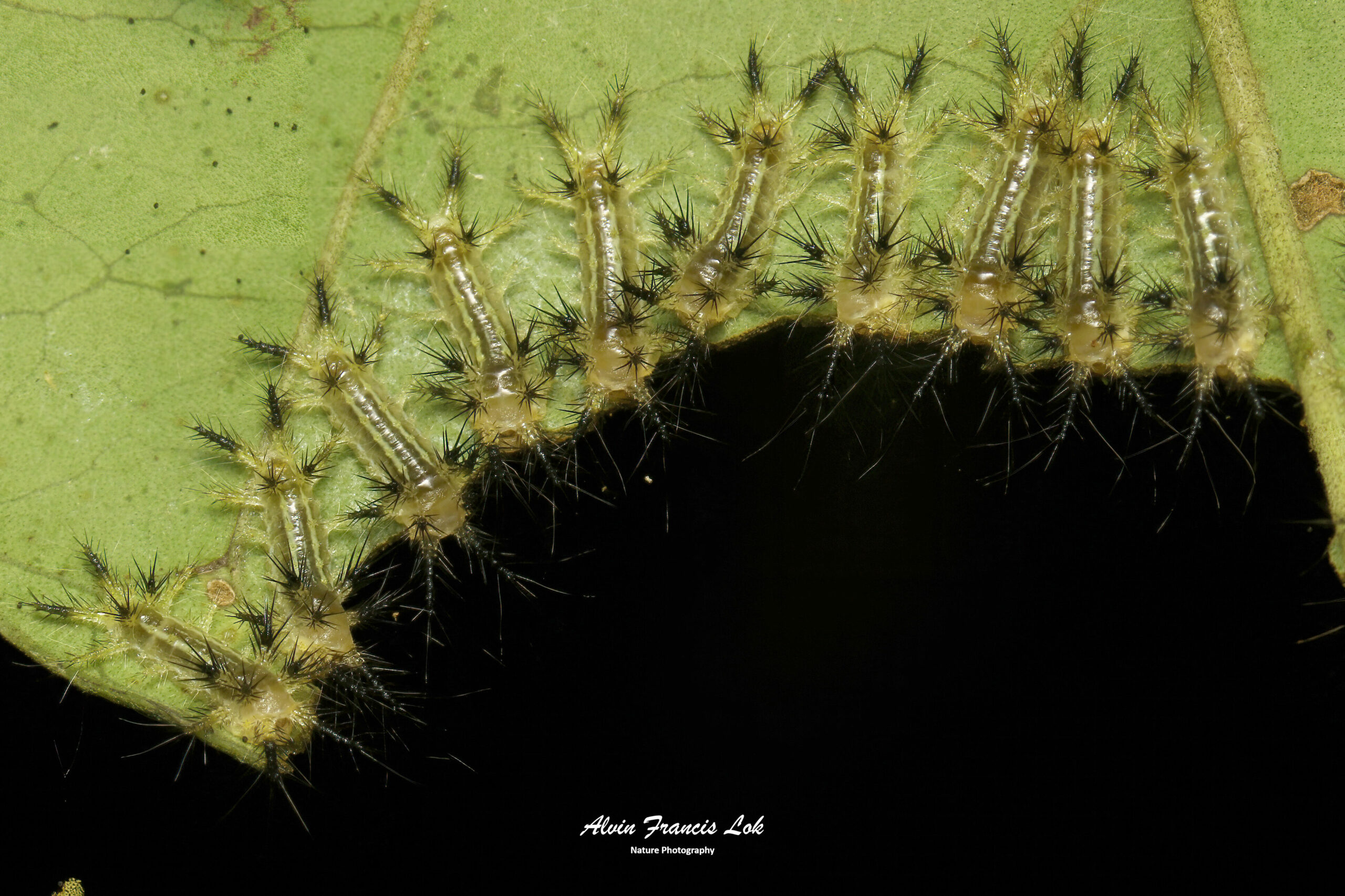
(Singapore)
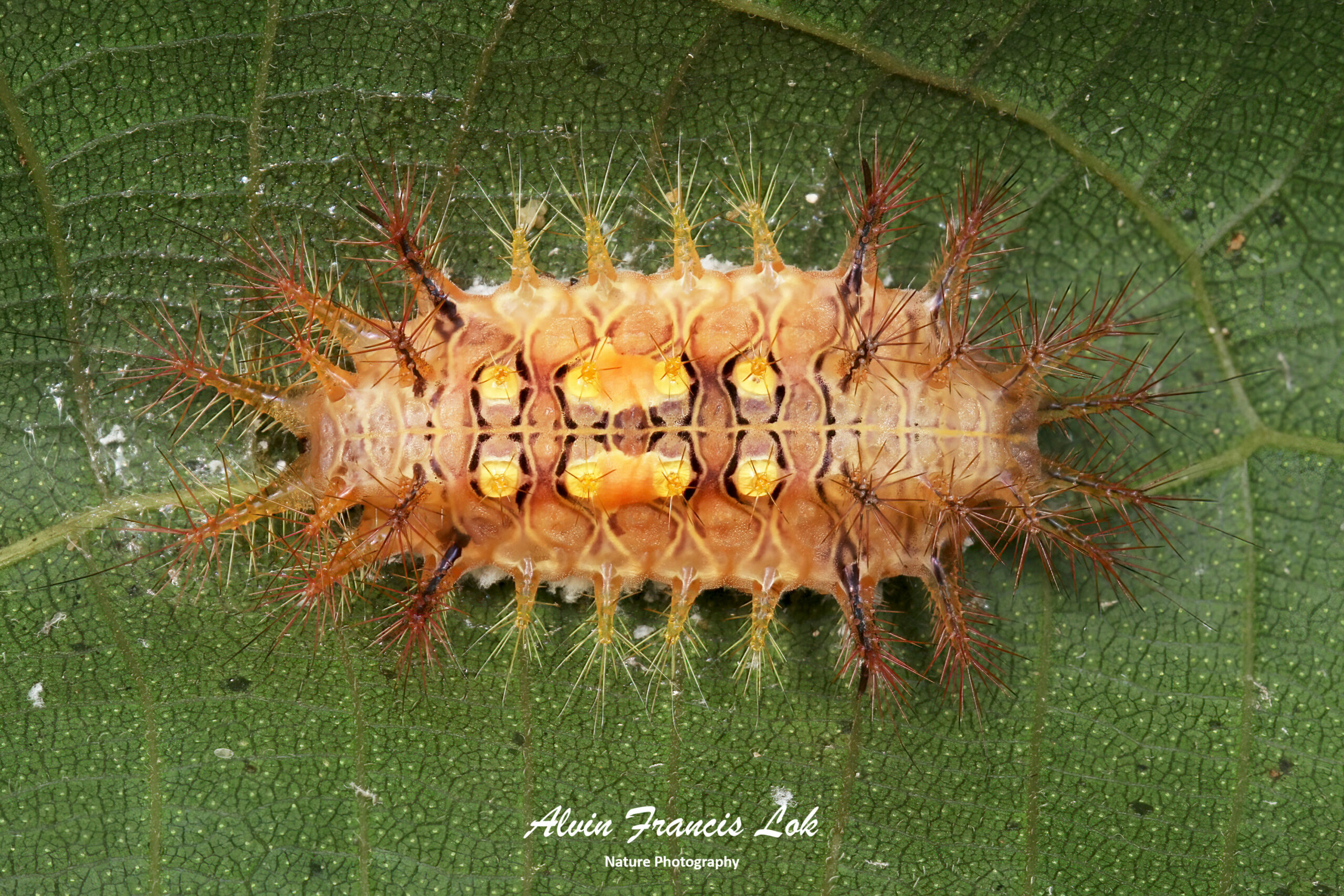
(Singapore)
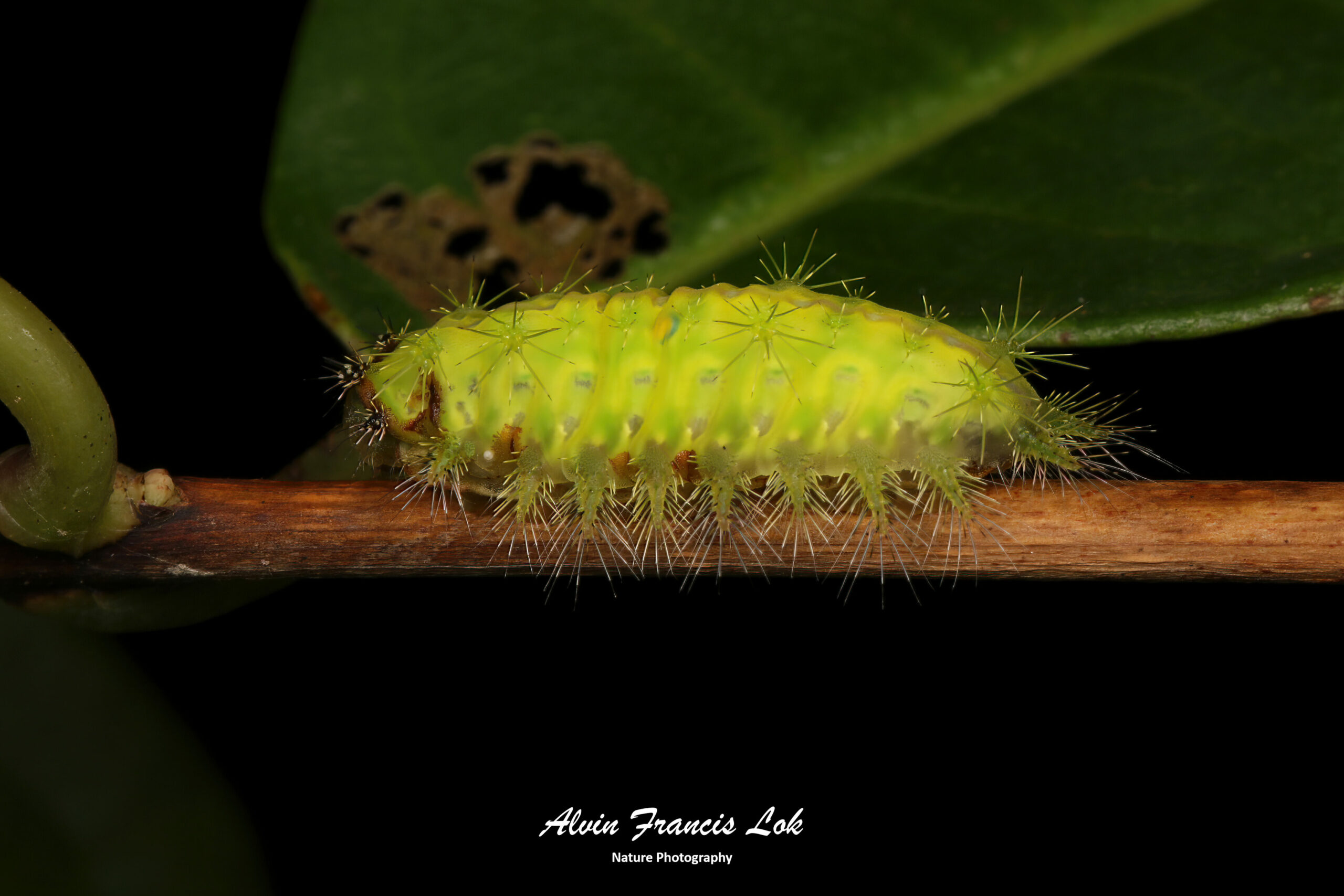
(Singapore)
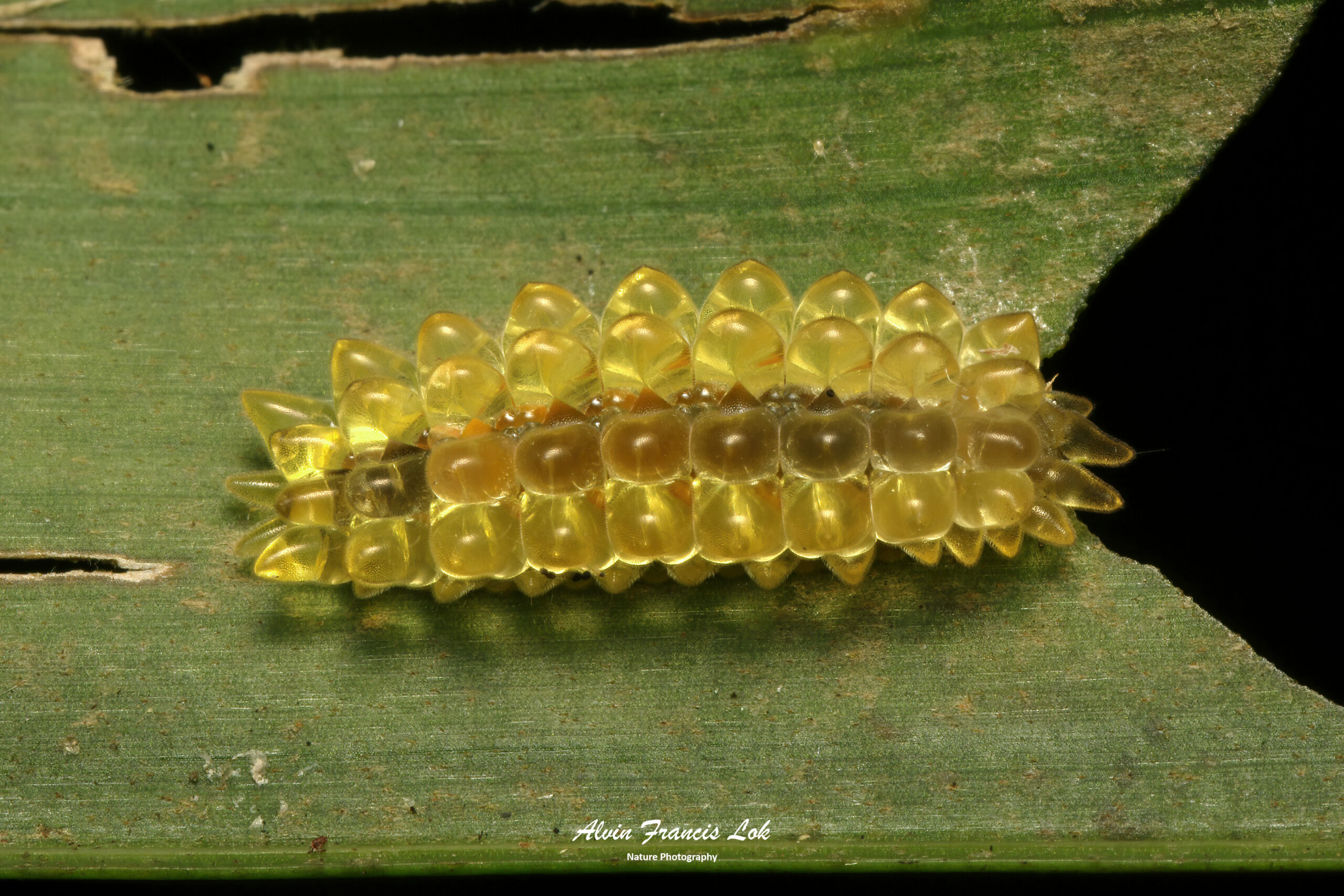
(Singapore)
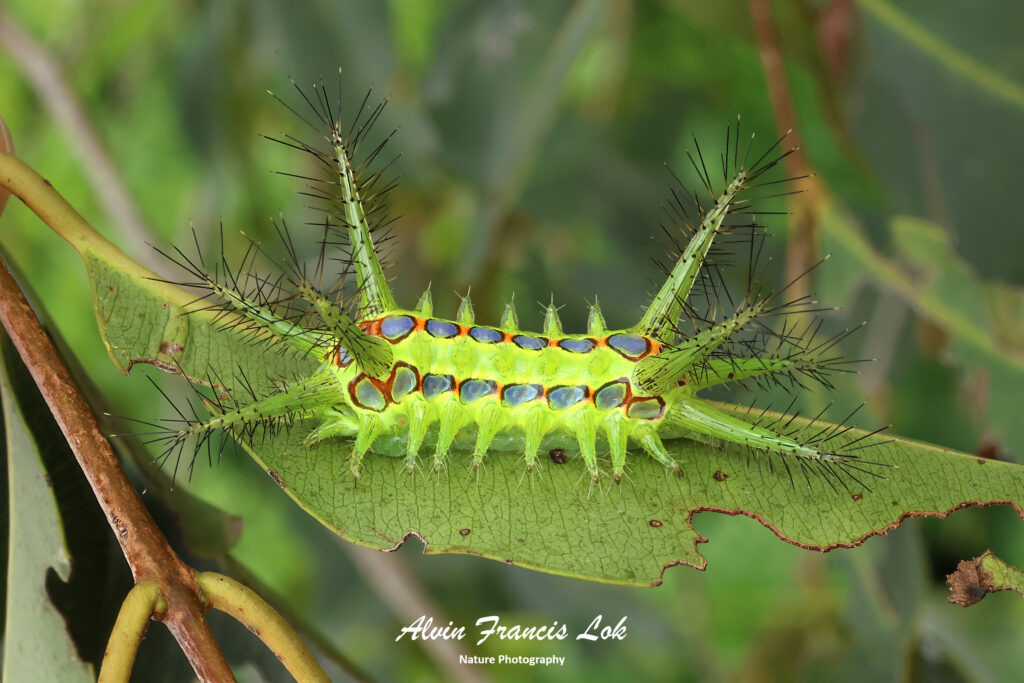
(Kaeng Krachan NP, Thailand)
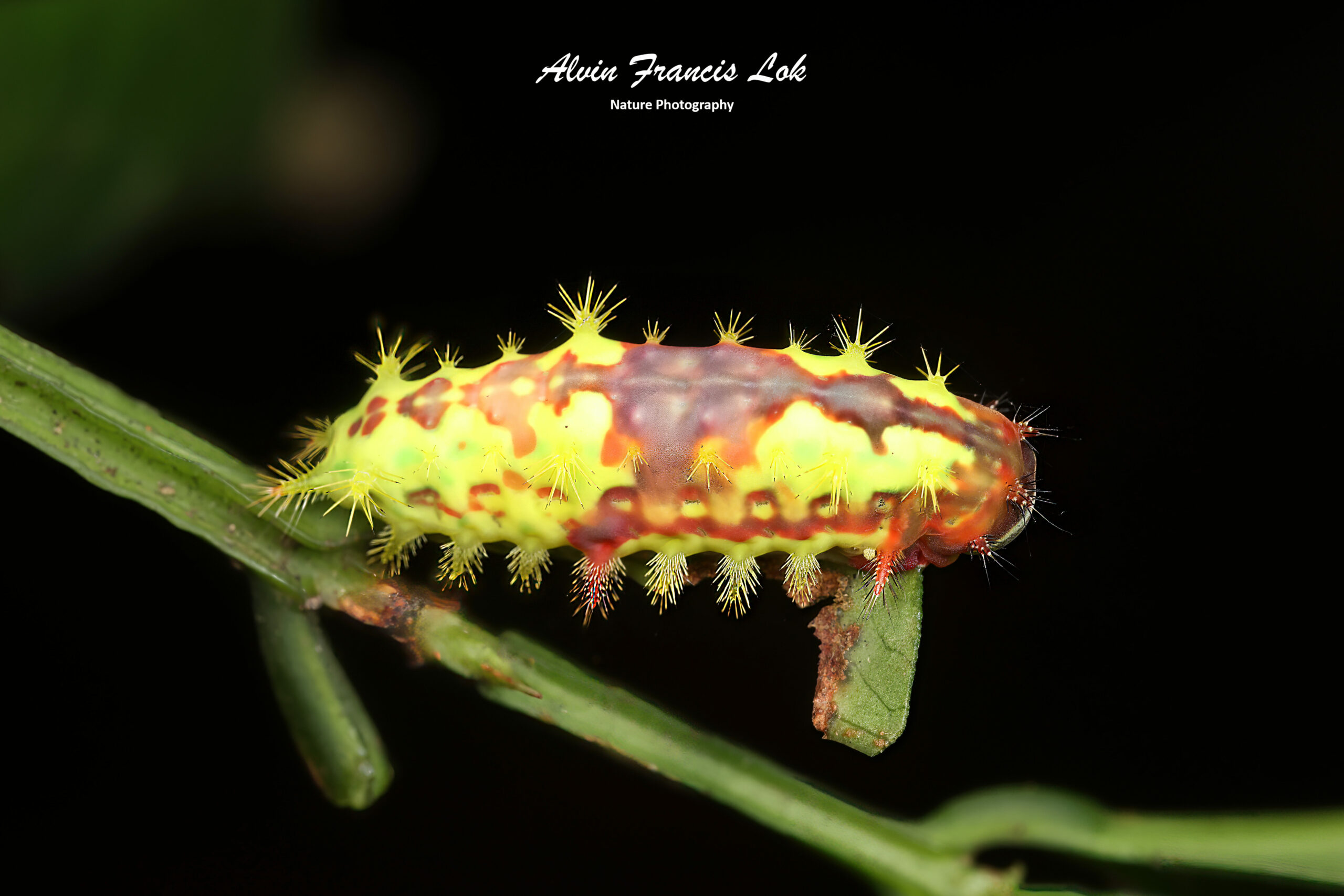
(Singapore)
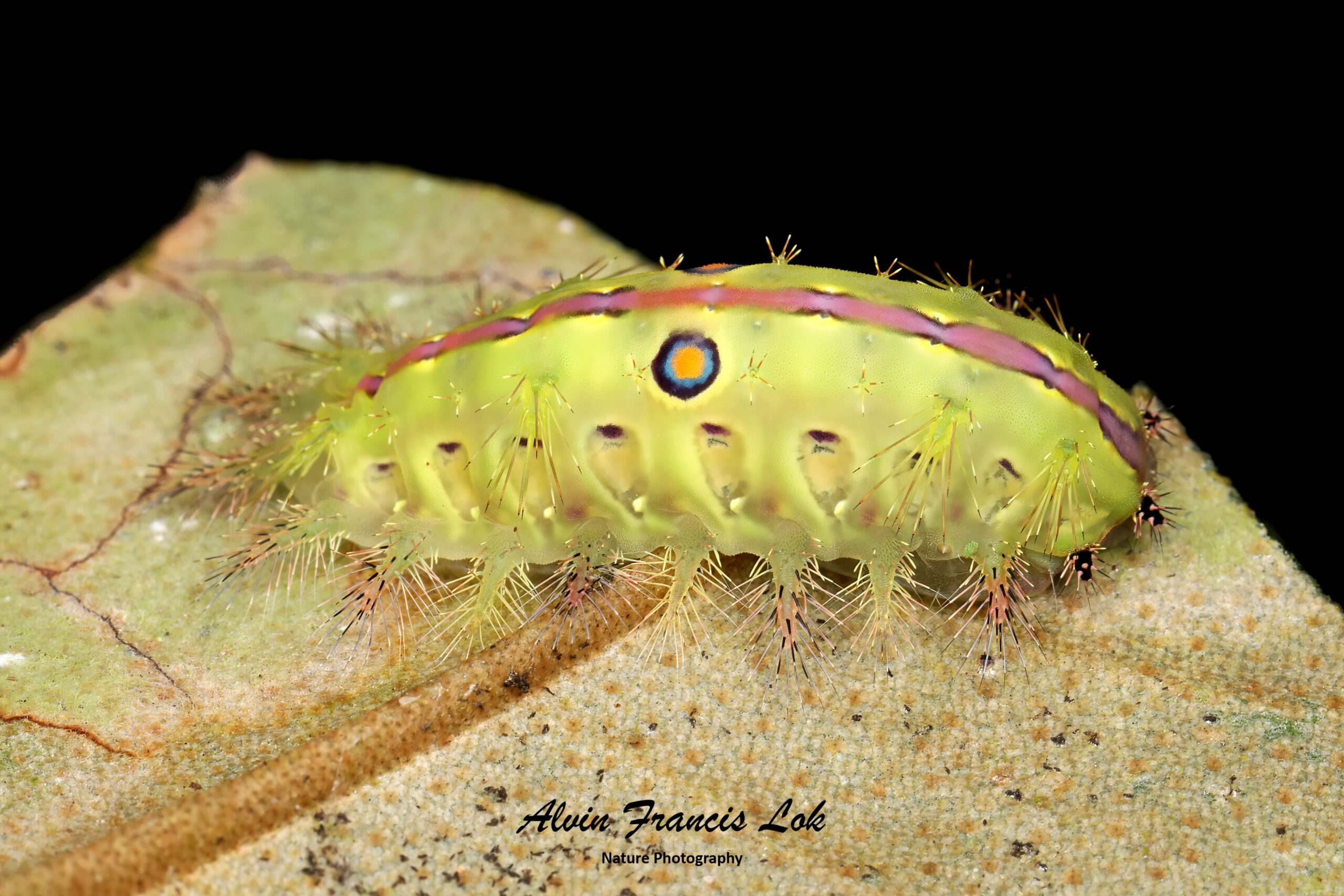
(Johore, Malaysia)
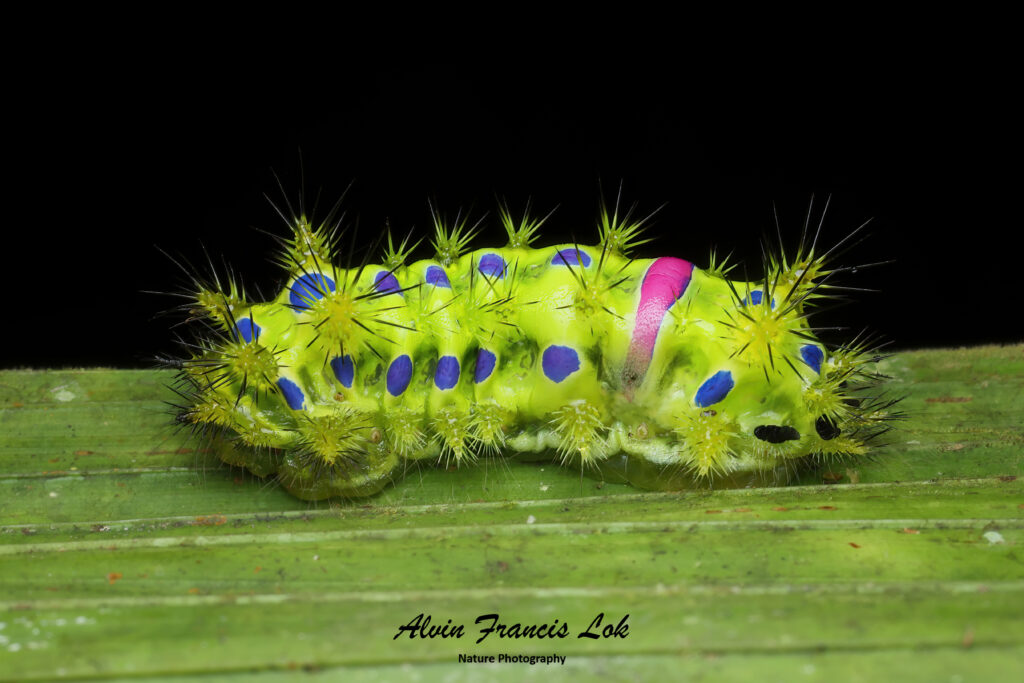
(Sabah, Malaysia)
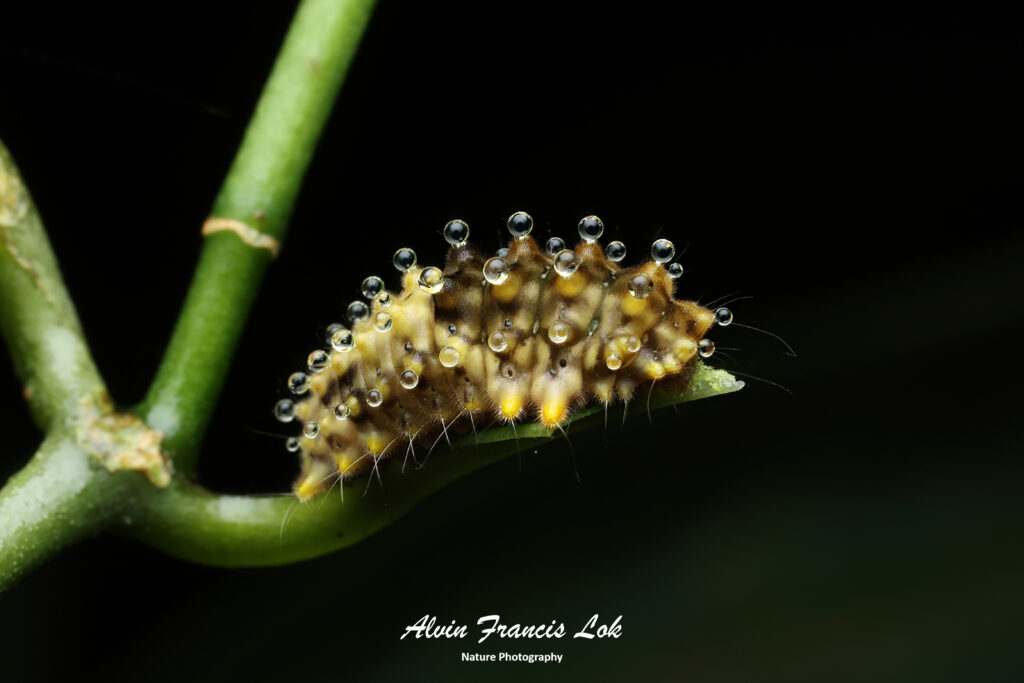
(Kalimantan, Indonesia)
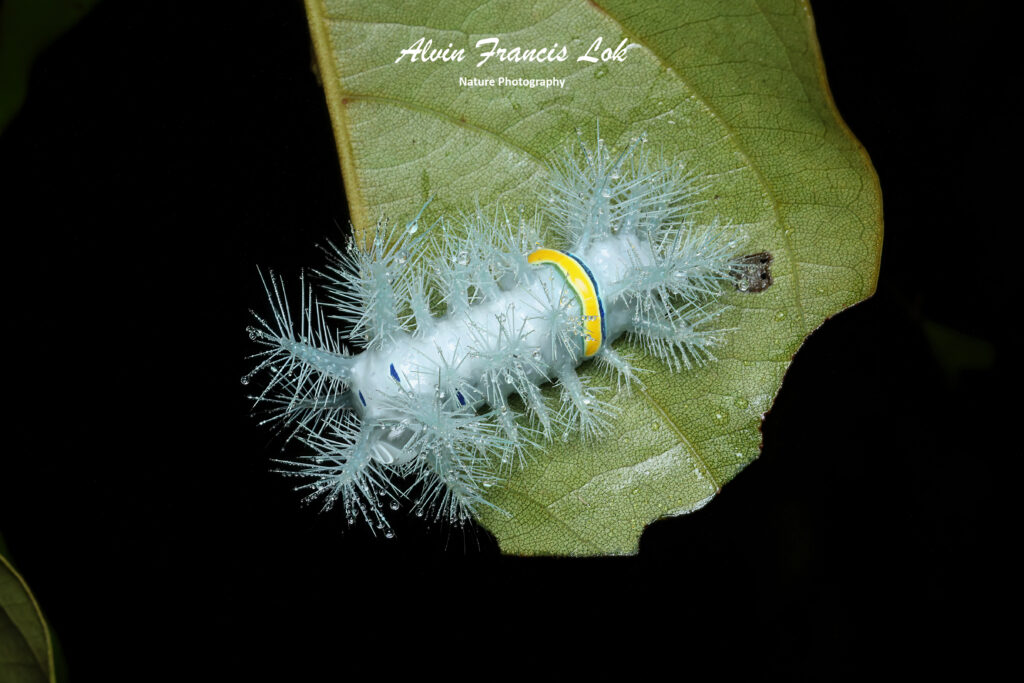
(Pahang, Malaysia)